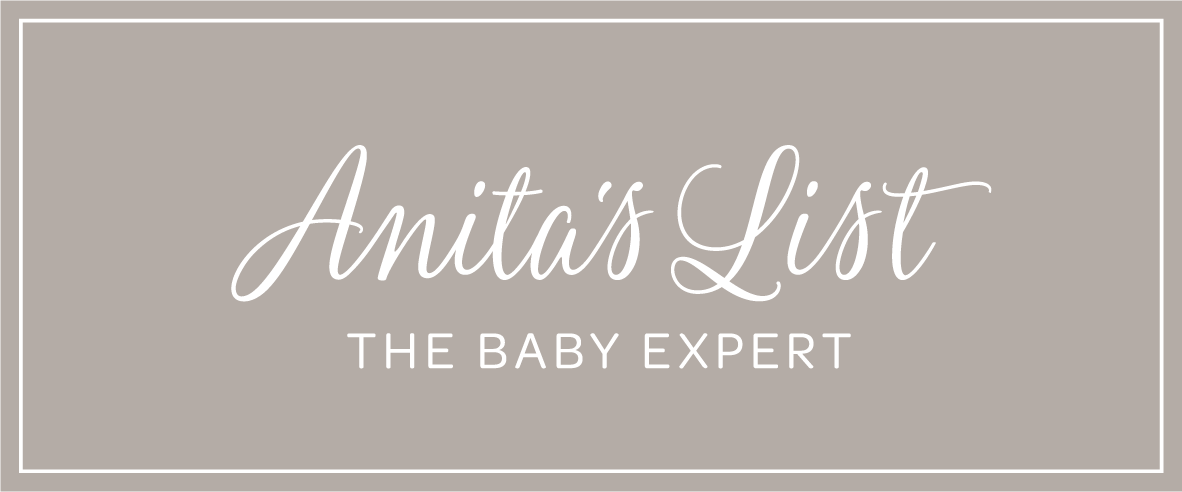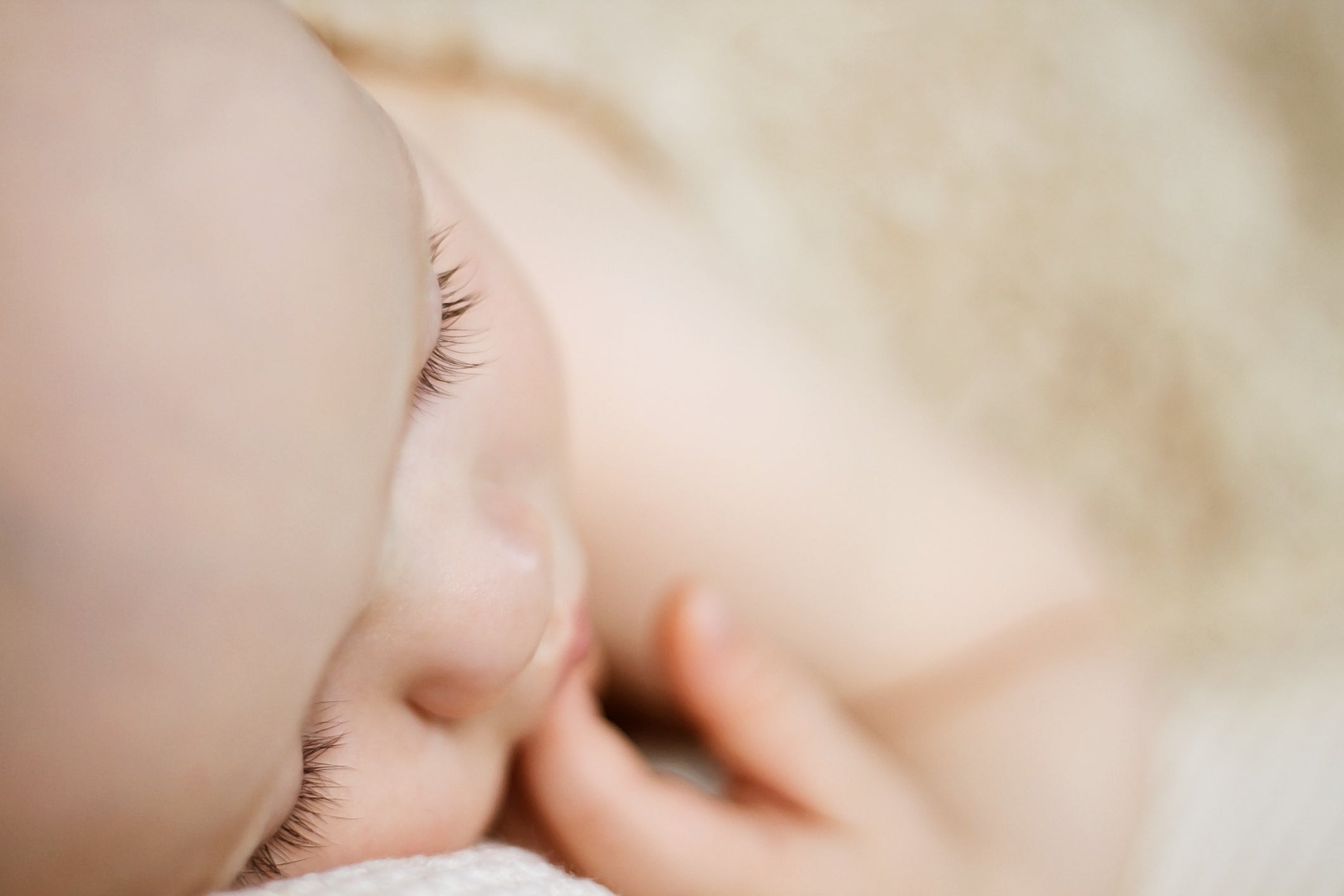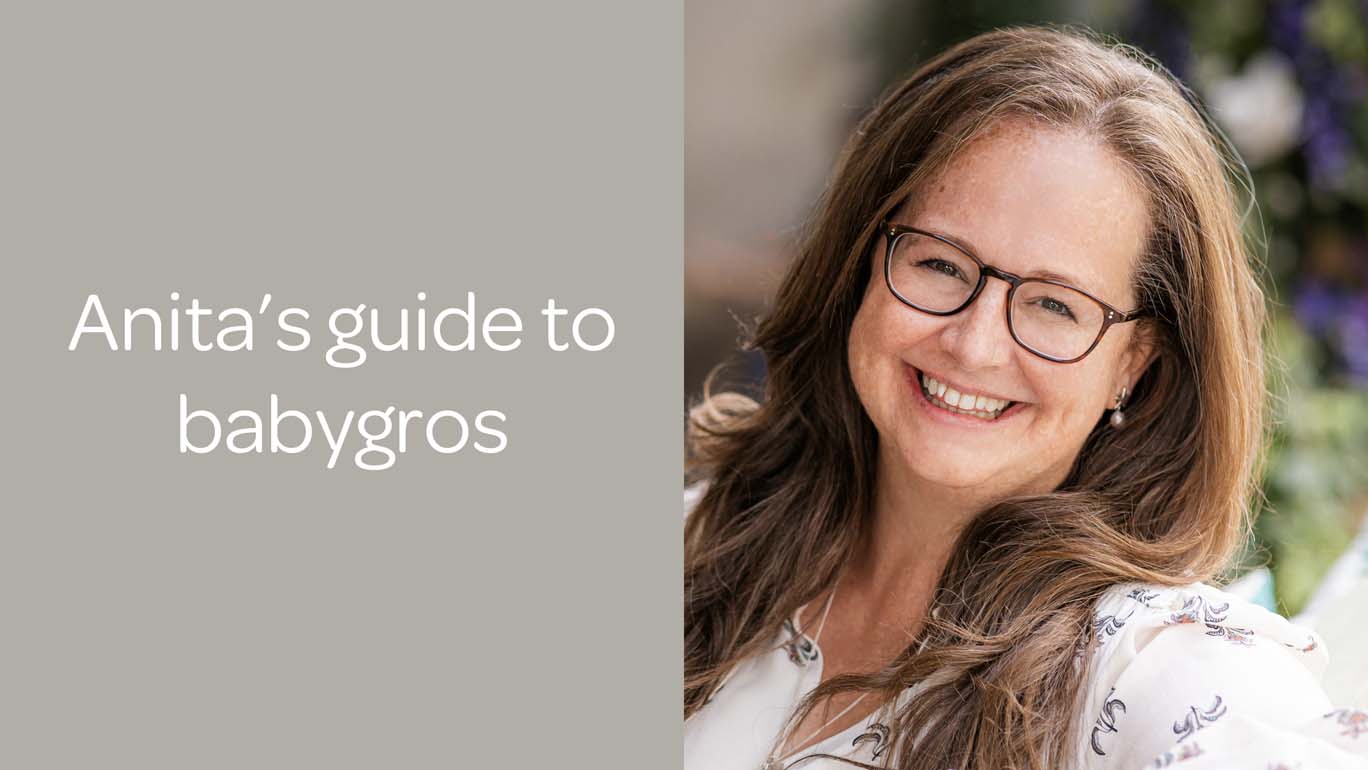-
Transport
Choosing transport solutions such as car seats, pushchairs, baby carriers ... and changing bags is important to get right to help you get out and about with your baby with the least amount of stress. Watch Anita's video for advice on how to choose the right kit to suit you and your lifestyle.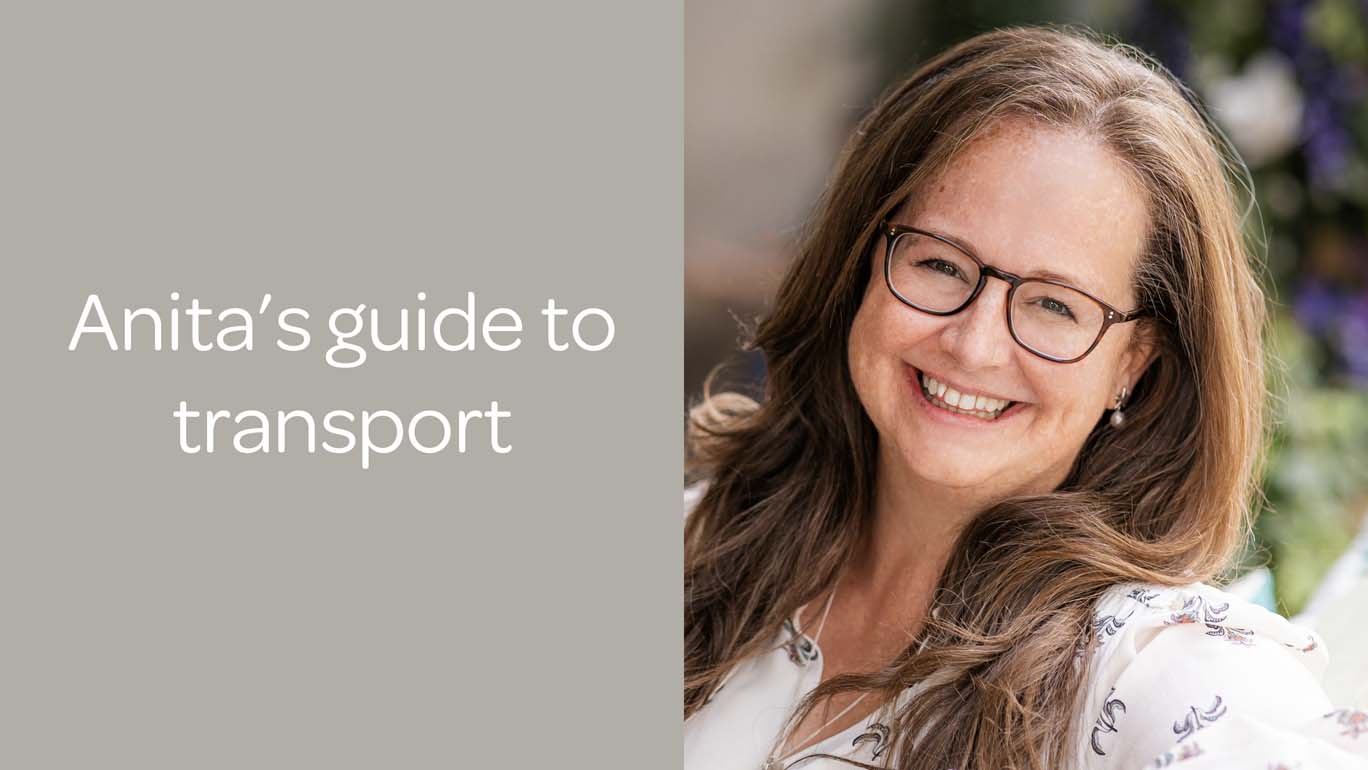
Top Tips
Browse products -
Pushchairs
Choosing a pram, pushchair, buggy or stroller ... (all the same thing, just different sizes!) can be overwhelming as there are so many options out there. Watch Anita's video for top tips on how best to help you choose what's right for you and your lifestyle.Top Tips
Browse products -
Baby car seats
You will definitely need a carseat whether you have a car or not! ... You are likely to need 2 or 3 different size car seats from newborn up to around 12 years old. Watch Anita's video for how to choose the right car seat for you, your child and your lifestyle.
Top Tips
Browse products -
Car seat bases
There is no such thing as a universal car seat base, so be sure to choose the base that is compatible with your car seat. Some, but not all, car seat bases take a newborn car seat and also the next stage toddler car seat on the same base. Again, just be sure that you know how long your base will last in terms of years of use before you buy it.Top Tips
Browse products -
Baby carriers
Such a useful piece of kit for transporting your baby hands free ... both indoors and outdoors. Baby carriers are wonderfully bonding for your partner too. It's important to choose one that is easy to put on and that will safely support your baby's neck, hips and spine as well as your own back. Browse below for more information in the product highlights to help you choose the right one for you, from the carriers we've selected for you below.Top Tips
Browse products -
Changing bags
Also known as a nappy bag or diaper bag, these often become a handbag ... and nappy bag in one and will go everywhere with you. Read Anita's top tips on what to look for and how best to keep your bag safe from petty thieves! All of the options below have Anita's seal of approval. Just choose the option that suits your style the most.Top Tips
Browse products -
Car seat accessories
There are plenty of accessories for travelling by car with your baby. Some are really useful, some are not and some can be quite hazardous! Watch Anita's video for top tips on what to use and what not to use.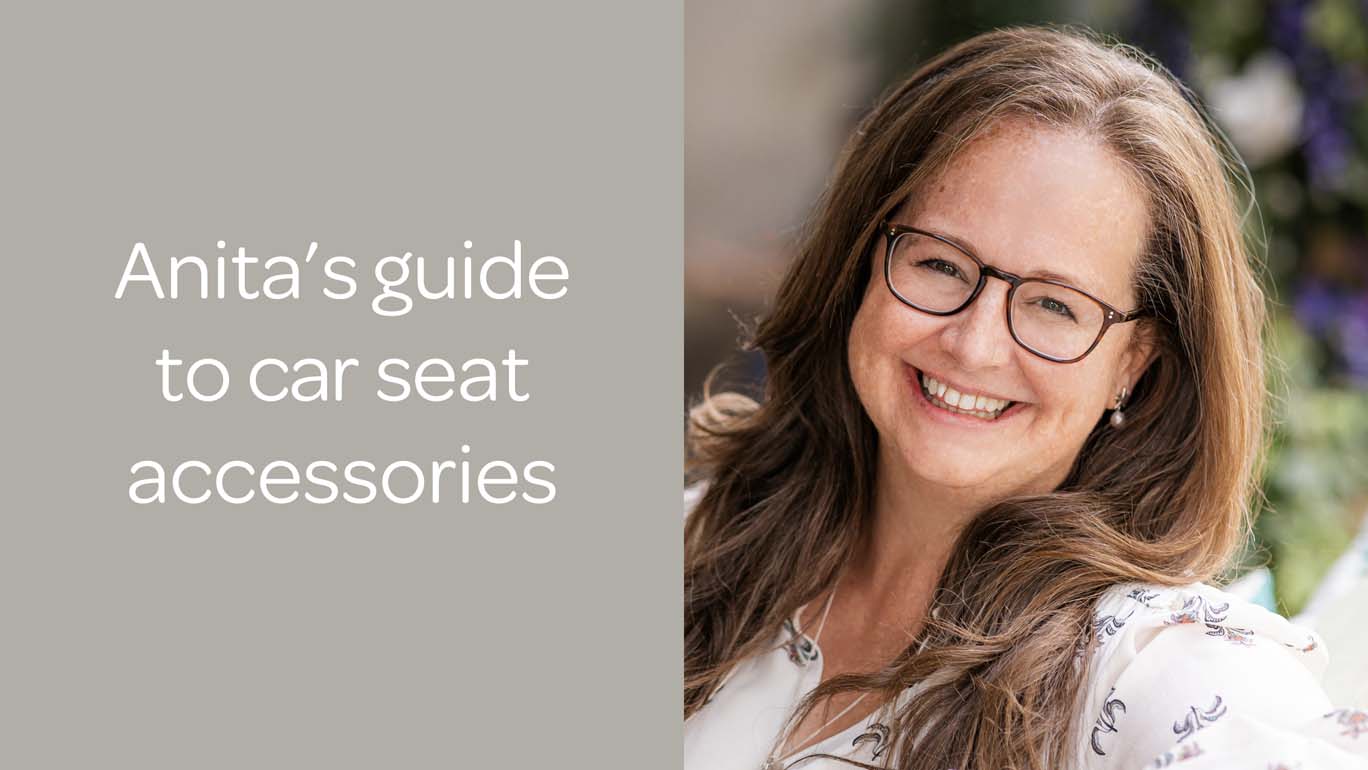
Top Tips
Browse products -
Pushchair accessories
Buy your pushchair accessories such as raincovers, footmuffs, pushchair adaptors ... and shopping basket covers in advance so that you are prepared for every eventuality and all weathers - it's amazing how quickly footmuffs sell out in the winter! Watch Anita's video for tips on which accessories you will definitely need as well as those you won't..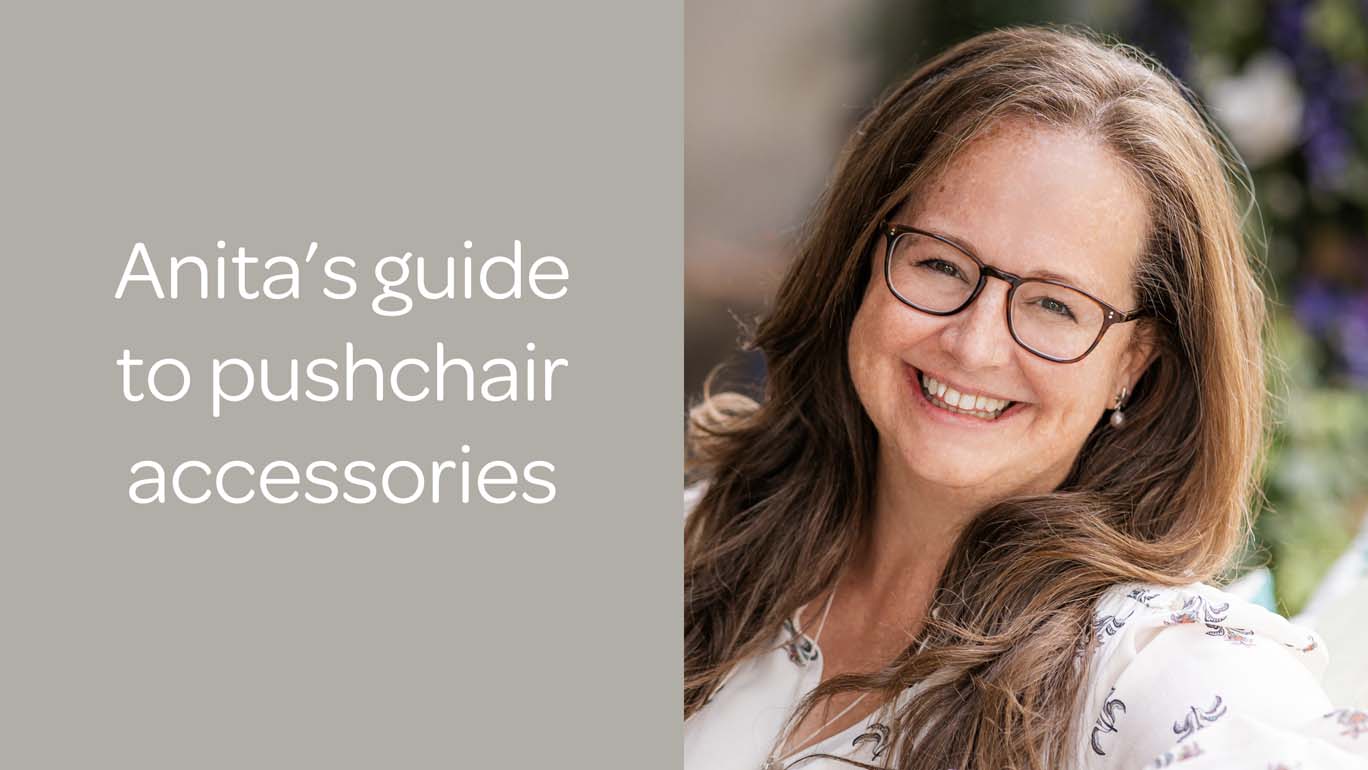
Top Tips
Browse products -
Transport accessories
There are so many different accessories that you can buy for your pushchair, carseat, air travel and getting out and about with your baby. Many of these are really useful and definitely worth buying. Others are less essential. Watch Anita's videos about pushchair, car seat and baby carrier accessories for top tips.Top Tips
Browse products
Welcome to Anita's Advice Hub
Transport
Nursery Furniture
-
Nursery furniture
The key to getting your nursery right is to think about how you will use it and how it can work best for you and your baby. You will be grateful for furniture that is designed to protect your back and it is important to set up an environment that works well for feeding and sleeping so that you can develop good habits from the outset. Watch Anita's video for key considerations and top tips.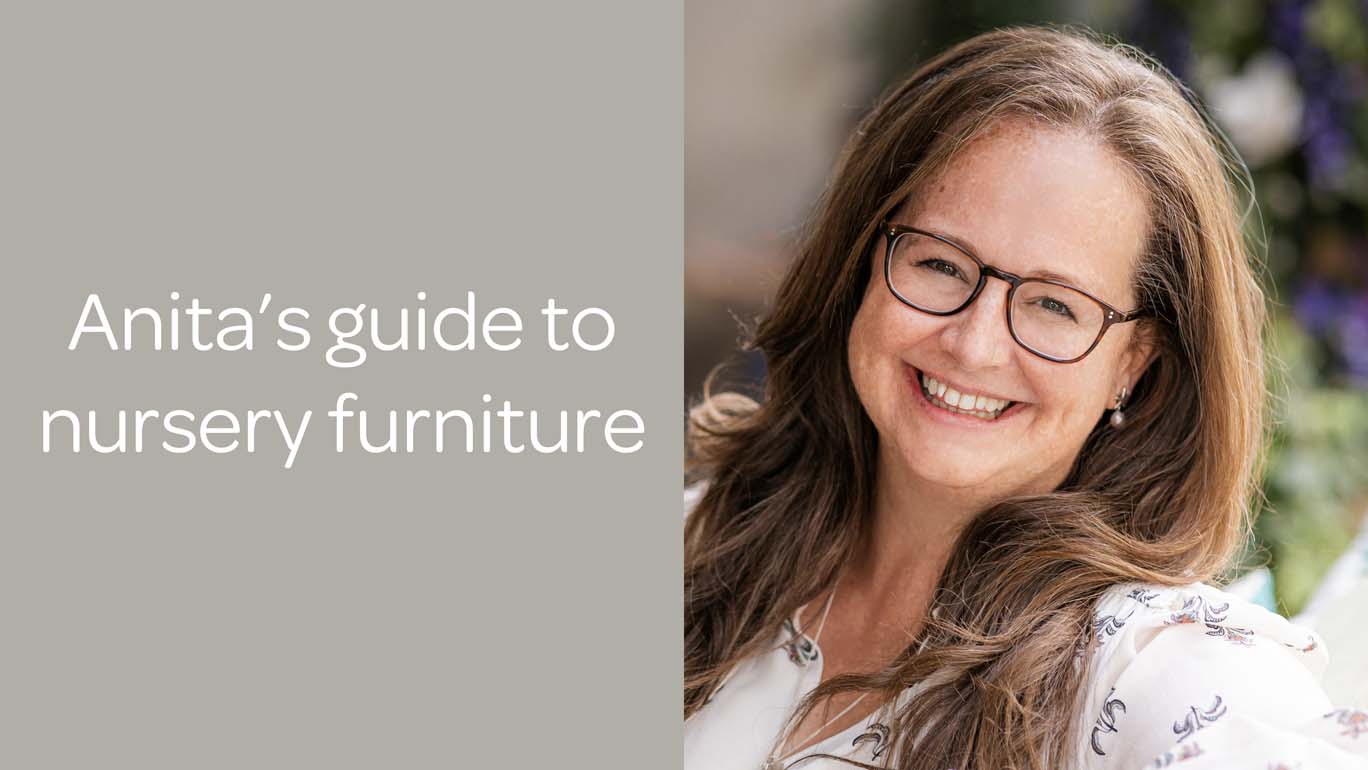
Top Tips
Browse products -
Your baby's first bed
Moses basket or bedside crib? How to choose ...your baby's first bed? Anita covers the key considerations to help you choose between them in the video below and in the top tips, to help you find the product that suits you.
Top Tips
Browse products -
Playpens
An unexpectedly useful piece of kit which will fit anywhere in your home and can be used for both sleeping and playing from day one. It will be in use for several years; helps to avoid toy-creep and is great for developing good habits around daytime and nighttime sleeps. Particularly recommended for families with busy households, dogs or older siblings. Watch Anita's video for more information and go through the quick question guide to help decide if a playpen is the right product for you, and which type.
Top Tips
Browse products -
Cots and cotbeds
Cot or cotbed? A cotbed converts into a junior or toddler bed, ... so will be used longer than a cot. This, plus several other considerations, including shape, mattress levels, under-bed storage and build sturdiness are all covered in Anita's video below so do watch that and go through the quick question guide to help you with your decision making.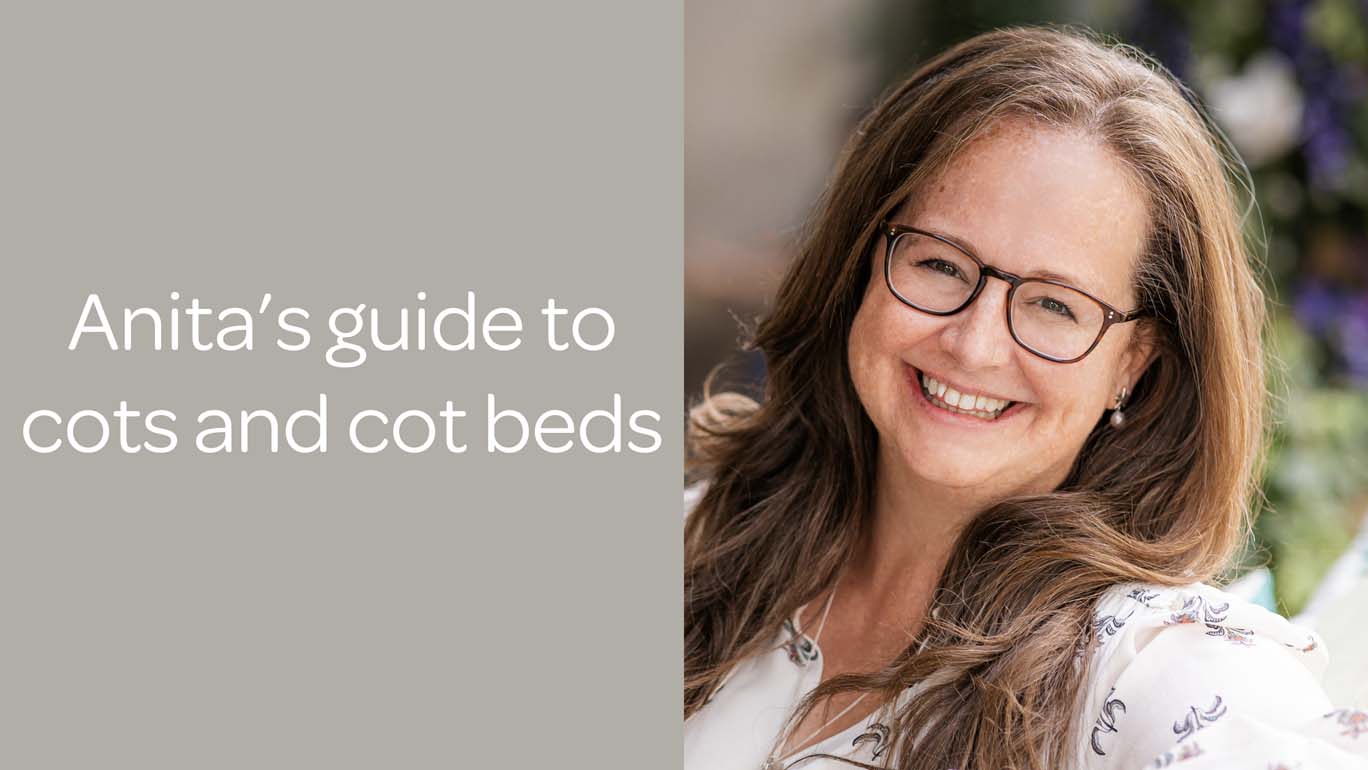
Top Tips
Browse products -
Changing tables / chest of drawers
You will be changing your baby around 50 times per week, ... so it is important to get the height right for you as well as to maximise space for storage of essential changing items. Other considerations include drawers or open shelves, changing trays, accessories and where to place it. Anita covers all of this - and more - in her video below. Do follow the quick question guides for more help with your decision making.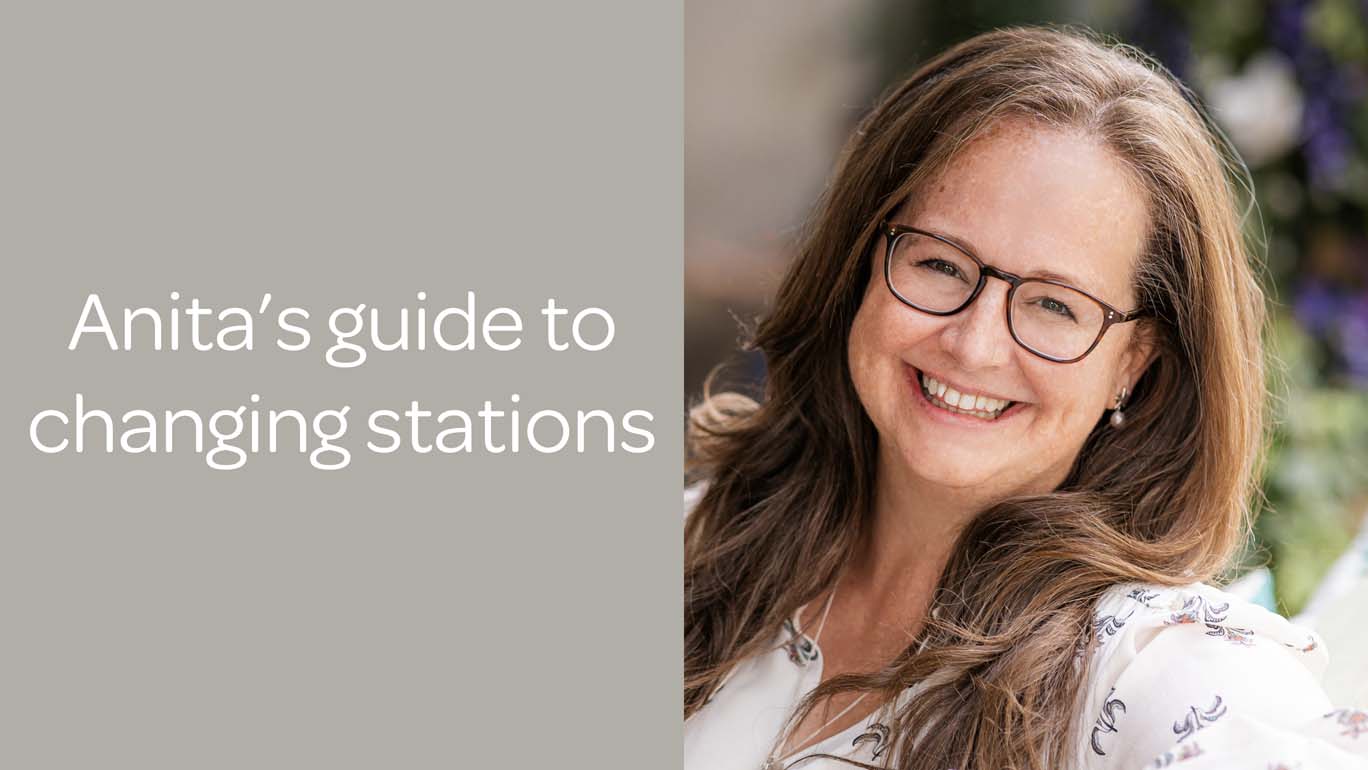
Top Tips
Browse products -
Nursing chairs
One of the most important pieces of kit to get right ... - arguably an essential. Use it from day one for feeding and then later for bed time stories. Style considerations include rocking, gliding and swivel. You will also need to think carefully about where best to place the chair and whether you need an ottoman or footrest. Anita covers all of this in her video below.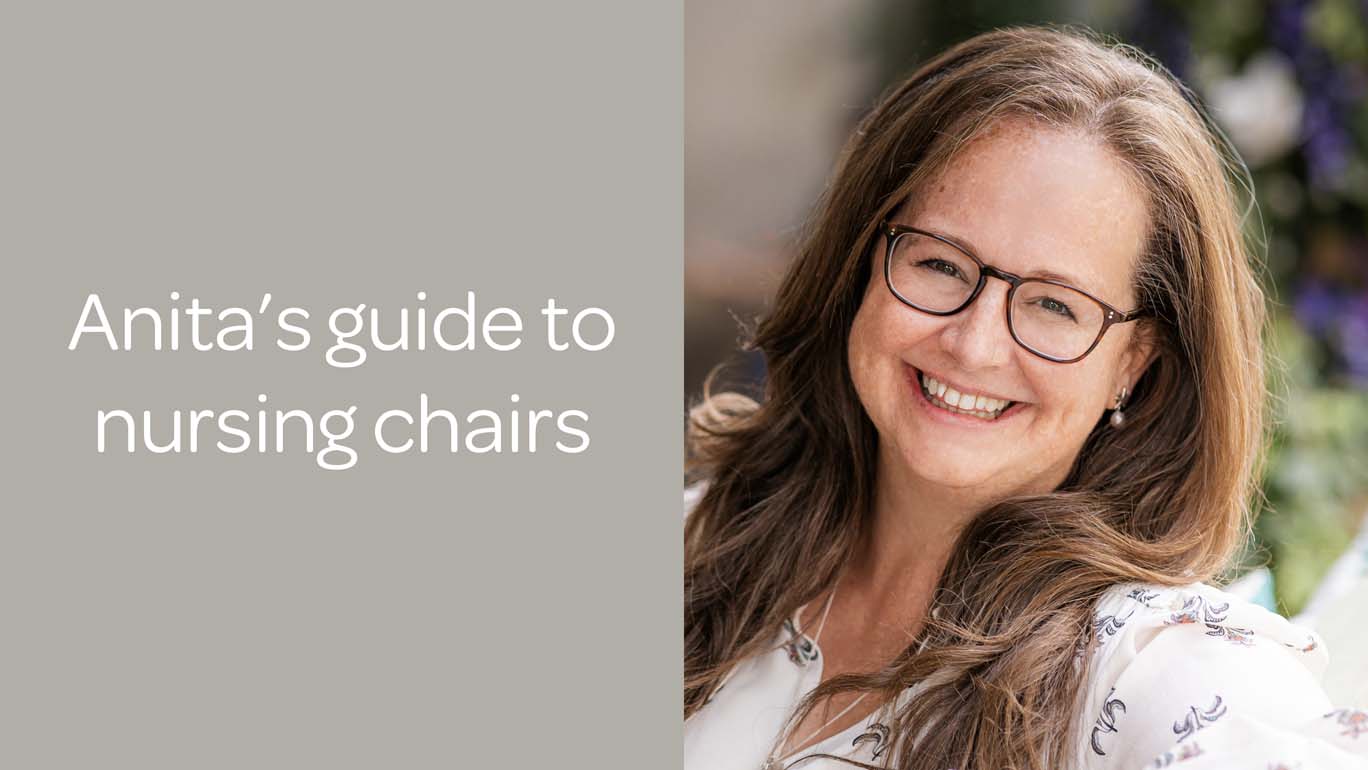
Top Tips
Browse products -
Nursery wardrobes
Not an essential piece of kit, but ... you will always need more storage than you anticipate. Anita shares some top tips for choosing a wardrobe that will maximise on storage and usability both for you and your child - see her video below.
Top Tips
Browse products -
Bouncy chairs
A very useful piece of kit that will be used for up to a year. There are some key safety considerations that you should be aware of - watch Anita's video for more information.
Top Tips
Browse products -
Toyboxes and storage
Your child will develop a collection of toys and books and you will be grateful for storage that they can easily access by themselves both for choosing their own toys and books and for tidying them away. Anita's video covers details to look for that you might not have thought of...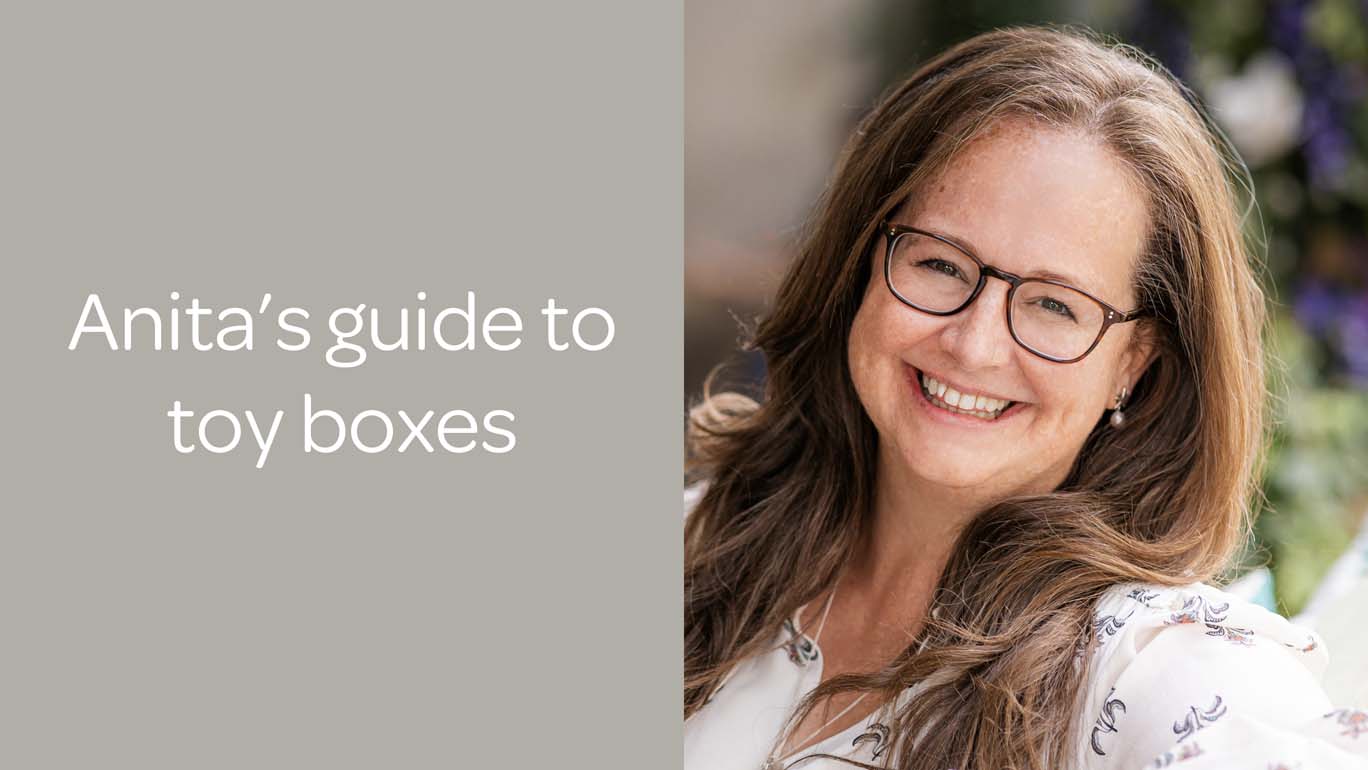
Top Tips
Browse products -
Hanging rails and hooks
A super cute addition to any nursery, hooks and open hanging rails can be used to display clothes or allow your toddler to choose their own.
Top Tips
Browse products
Mattresses
-
Mattresses
There are several considerations to bear in mind when buying a mattress, whether it is for your crib, moses basket, playpen, cot or cot bed. Watch Anita's video for advice on what and how to choose all the right mattresses that you will need.
Top Tips
Browse products
Nursery Accessories
-
Nursery accessories
Nursery accessories are more about you than your baby. The key is to think practical and serene as you will spend many hours in your baby's nursery and it needs to work for you just as much as it does for them.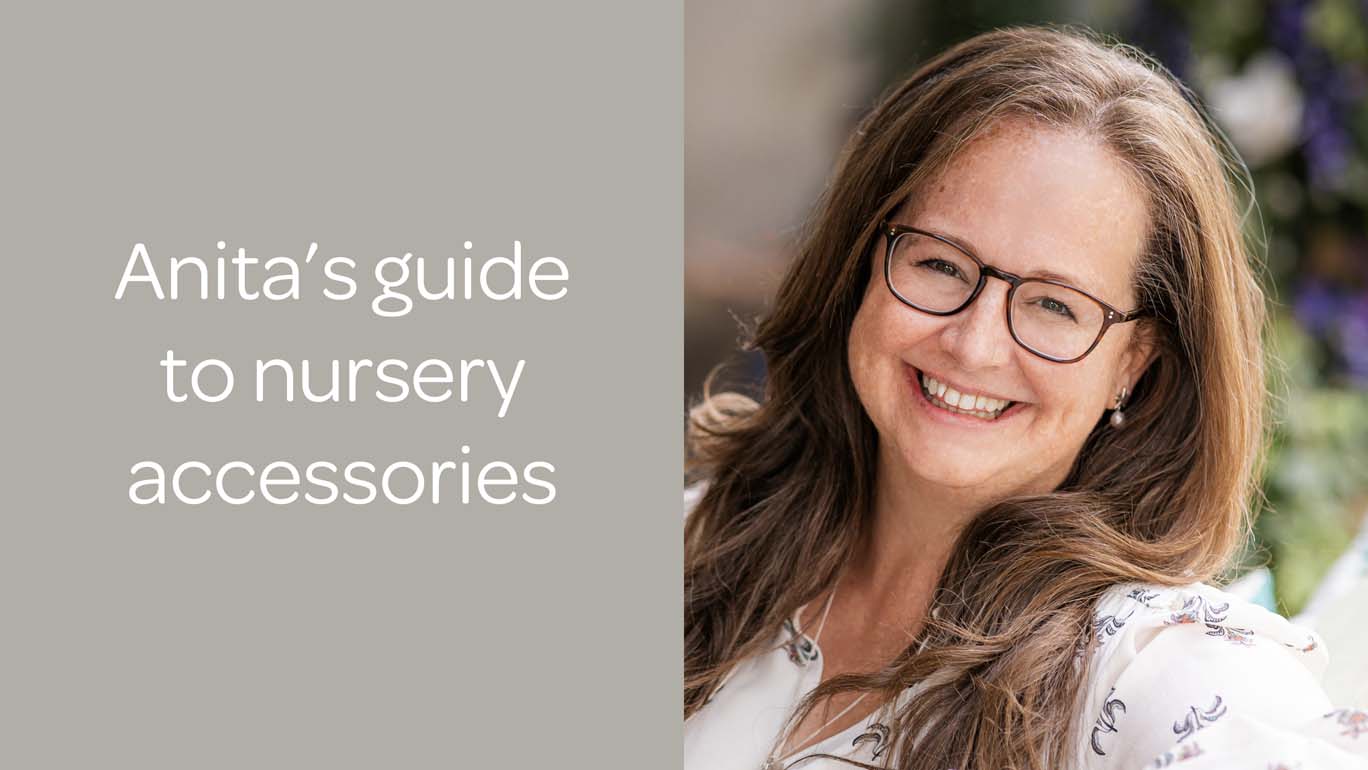
Top Tips
Browse products -
Changing mats
You'll be changing your baby around 50 times a week ... so your changing mat is an important purchase. You may want to buy two if you have more than one floor in your home.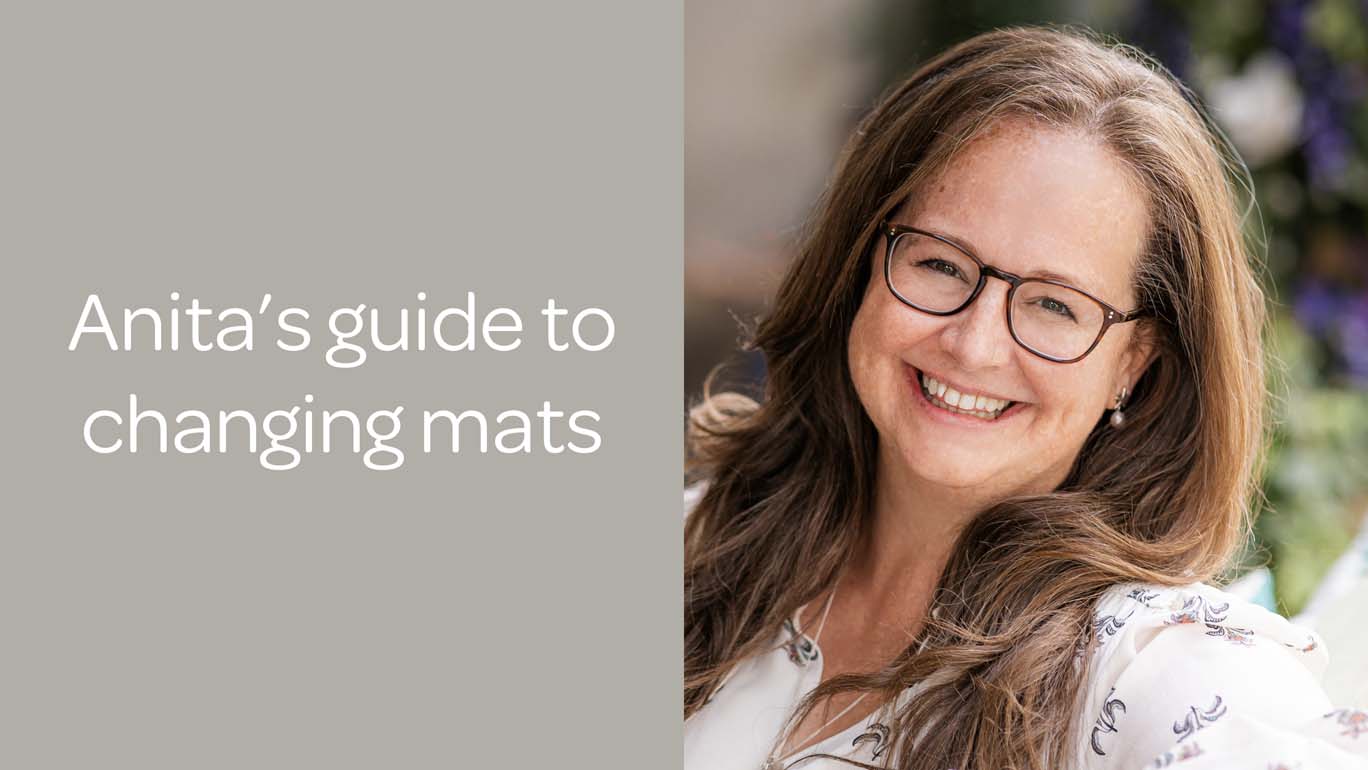
Top Tips
Browse products -
Changing mat covers
Changing mat covers are pretty, but they are tricky ... to keep clean and are not an essential item. You can protect them with a towel on top of the cover or the mat itself.
Top Tips
Browse products -
Nappy Bins
It's very useful to have a nappy bin as you will be changing ... your baby's nappy around 50 times a week. Whether you choose disposable or washable nappies, Anita has some great tips to share about what kind of bin to choose - watch her video for more information.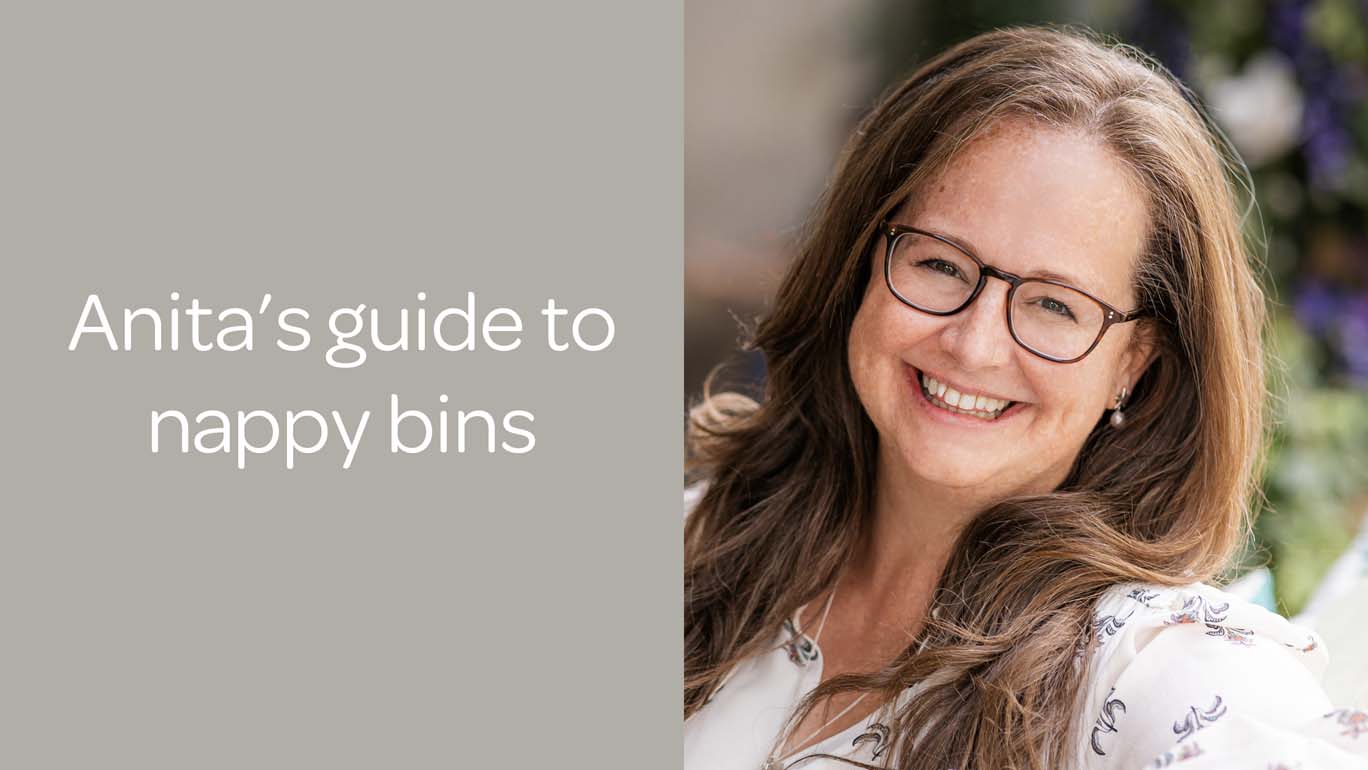
Top Tips
Browse products -
Night lights, white noise and sound machines
The key here is to think low and soft lighting. Find out why in Anita's video, which includes top tips for how to manage lighting in your nursery around developing good sleep habits.
Top Tips
Browse products -
Hangers
If you have a wardrobe or a hanging rail you will need hangers. Watch Anita's video for advice on what size to buy, what features to look for and how to organise your wardrobe for maximum efficiency.
Top Tips
Browse products -
Nappy caddies
One of the most useful pieces of kit to have to hand, ... a nappy caddy will allow you to store your essentials next to your changing mat and carry it with you into the bathroom to use after your baby has had a bath. Anita's top tips for choosing a nappy caddy are covered in her video.
Top Tips
Browse products -
Laundry bags
Your laundry loads are about to go up! You will need to think about where to place all your baby's dirty clothes. Laundry bags are more practical than laundry baskets for a number of reasons. Watch Anita's video to find out why...
Top Tips
Browse products
Linens
-
Linens
You will need several different types of sheet, muslins, blankets ... and swaddling cloths. This can all feel a little overwhelming and confusing when you start to look into it, but don't worry, Anita will guide you through this to ensure that you choose just the right items that you need.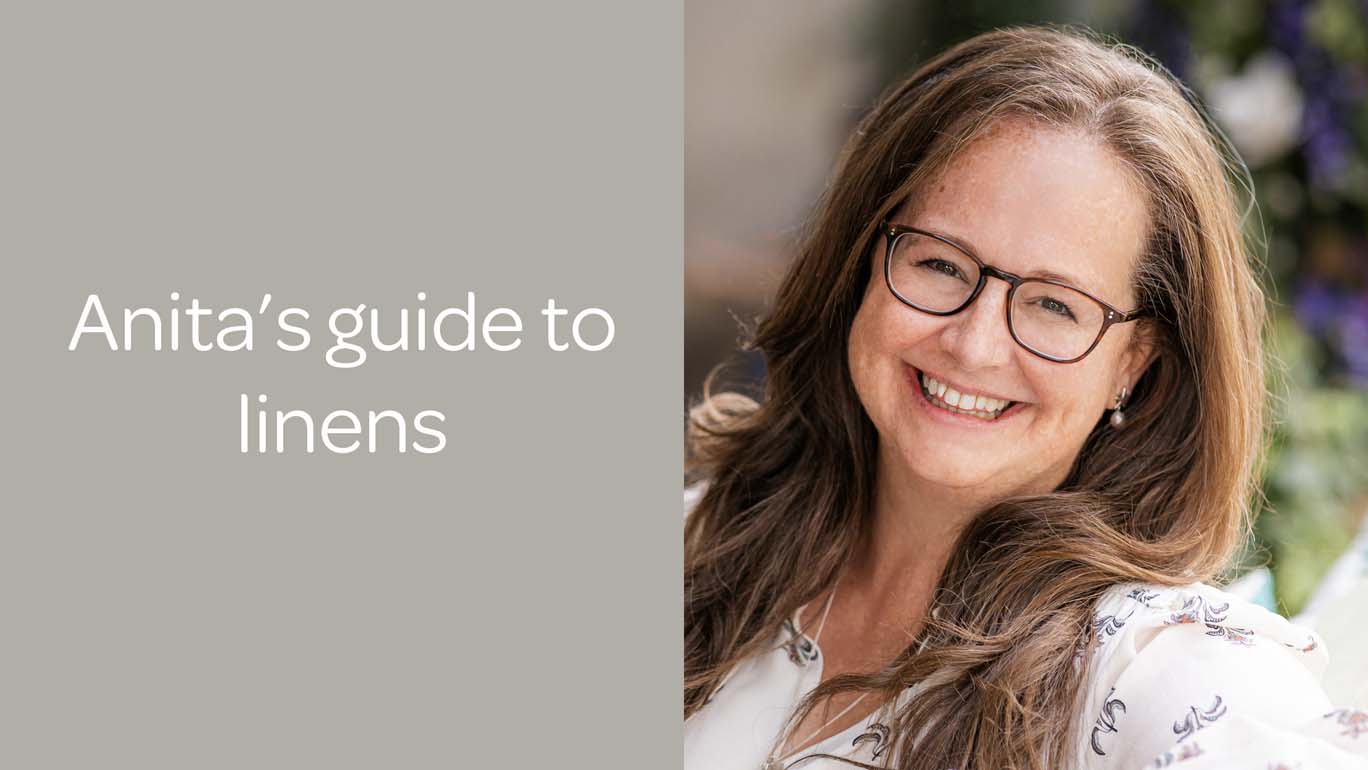
Top Tips
Browse products -
Waterproof sheets
Waterproof sheets are an essential for each of the mattresses ... that your baby lies on. Some are better than others so do watch Anita's video for top tips on what to buy, how many to get and what else you can use them for!
Top Tips
Browse products -
Fitted sheets
Fitted or glove sheets are the easiest option to put on top of ... your waterproof sheets. You can get them in cotton, bamboo, tencel or silk - Anita covers everything you need to know on fitted sheets in her video.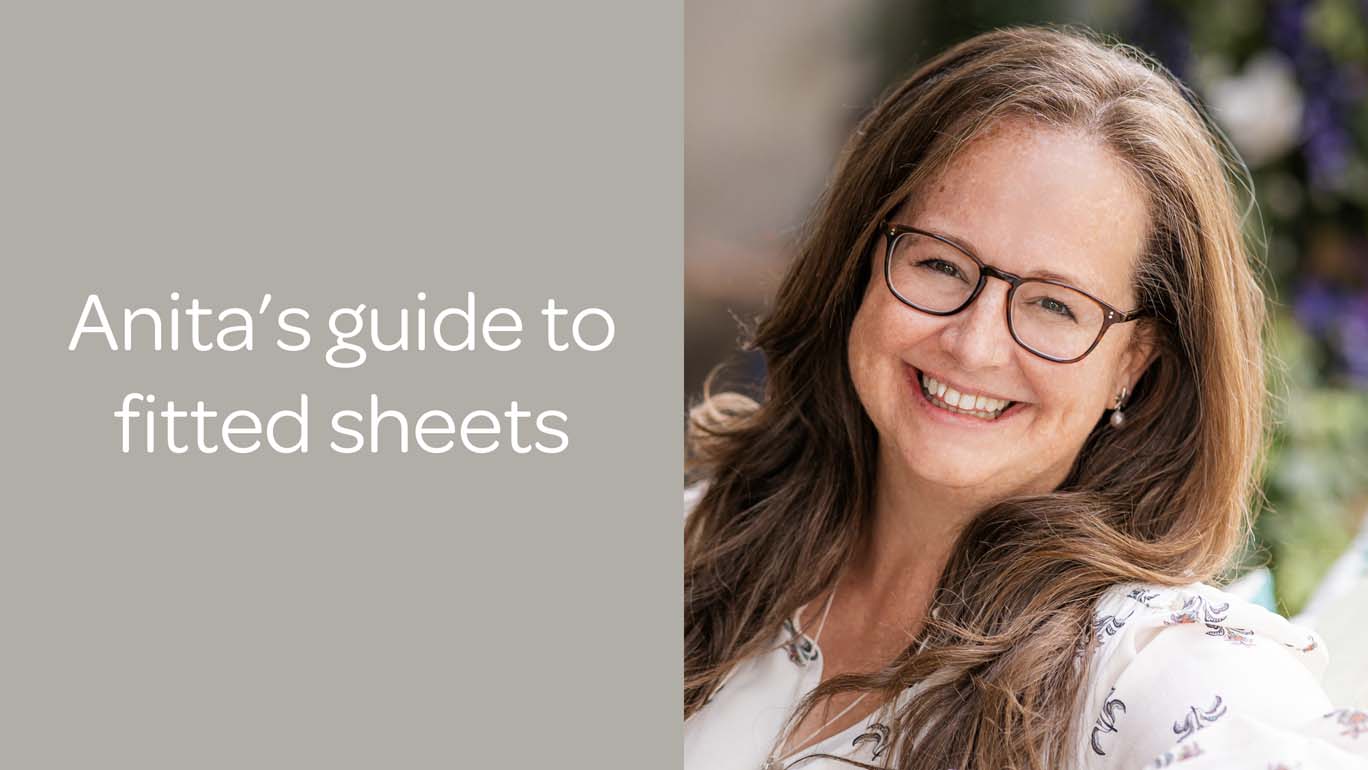
Top Tips
Browse products -
Swaddles and swaddling bags
Swaddling is an age old practice of wrapping your baby, ... specifically their arms, to mimic the feeling of being in the womb and helps them to feel safe and secure. Watch Anita's video to find out more about swaddling and what to look for when choosing swaddling cloths.
Top Tips
Browse products -
Muslins
Also known as burp cloths, these are little cotton squares that you will ... come to rely on for everything from protecting your clothes to using as a bib and so much more. You will always have at least one muslin with you everywhere you go, so it's worth buying quite a few of them. Watch Anita's video for more information.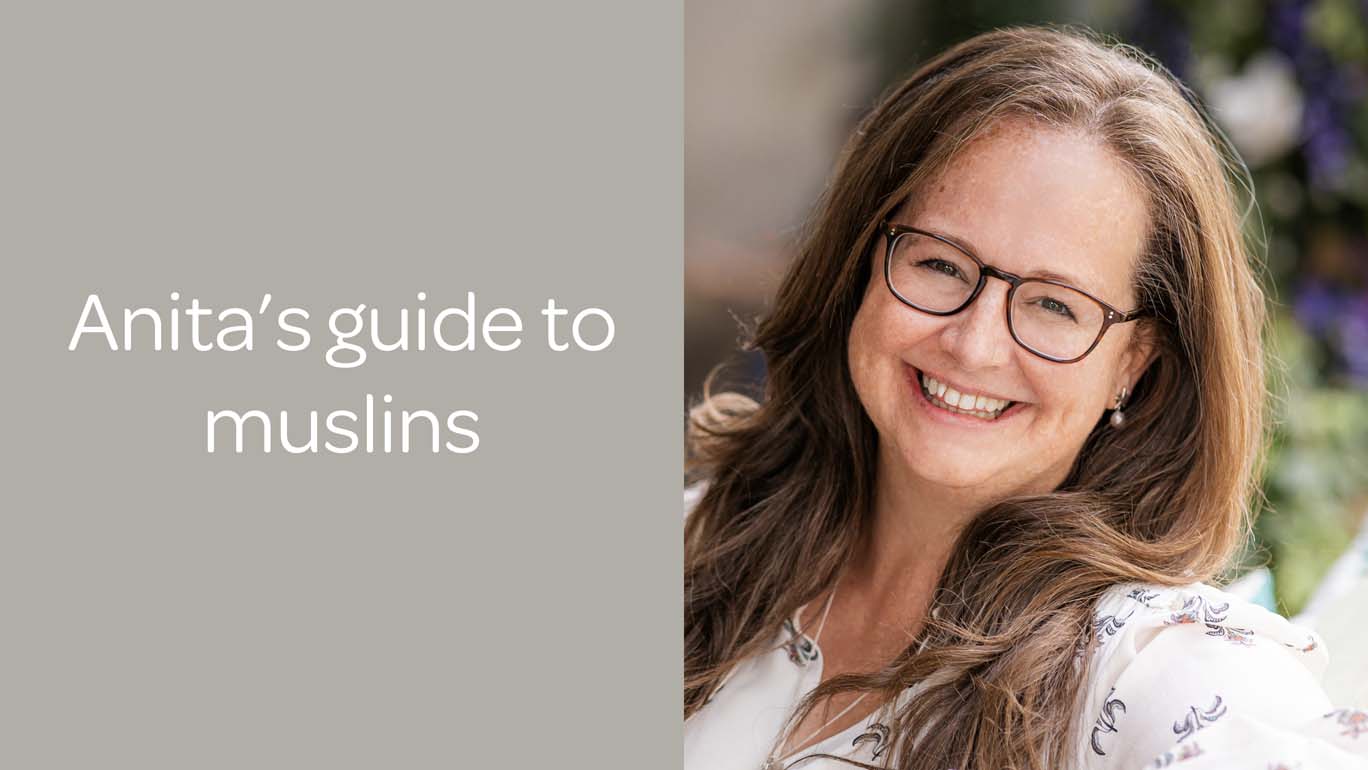
Top Tips
Browse products -
Baby blankets
Brilliant baby shower or baby registry gifts, blankets are very useful items, ... but it's important to choose wisely and to use blankets carefully to keep your baby warm but not overheated. Watch Anita's video to understand what best to look for.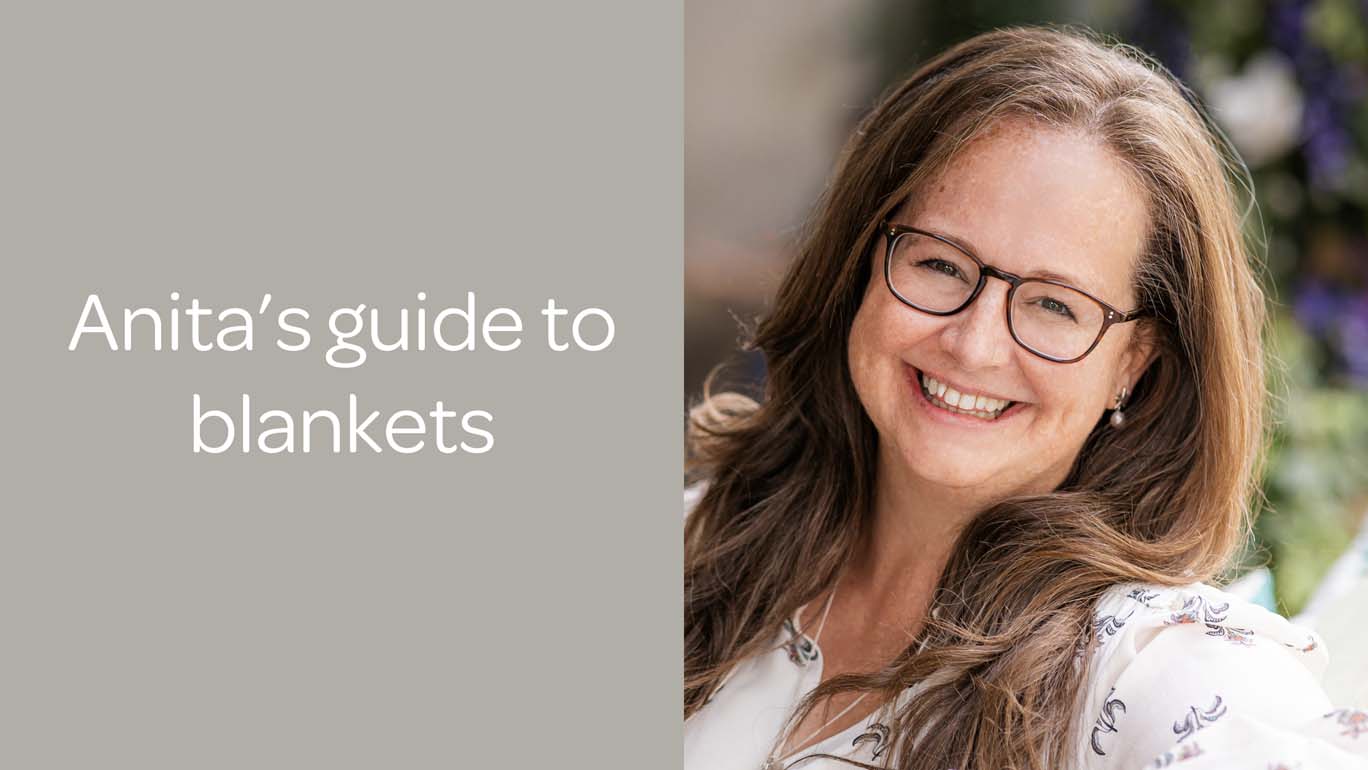
Top Tips
Browse products -
Sleeping bags
Small padded sleep sacks are a super-practical option that allow for easy overnight changing and transporting a sleeping baby and are one of Anita's essential items. They are a great option for baby shower gifts and gift registries and will get so much use. There are several options to choose from so do watch Anita's video to find out more.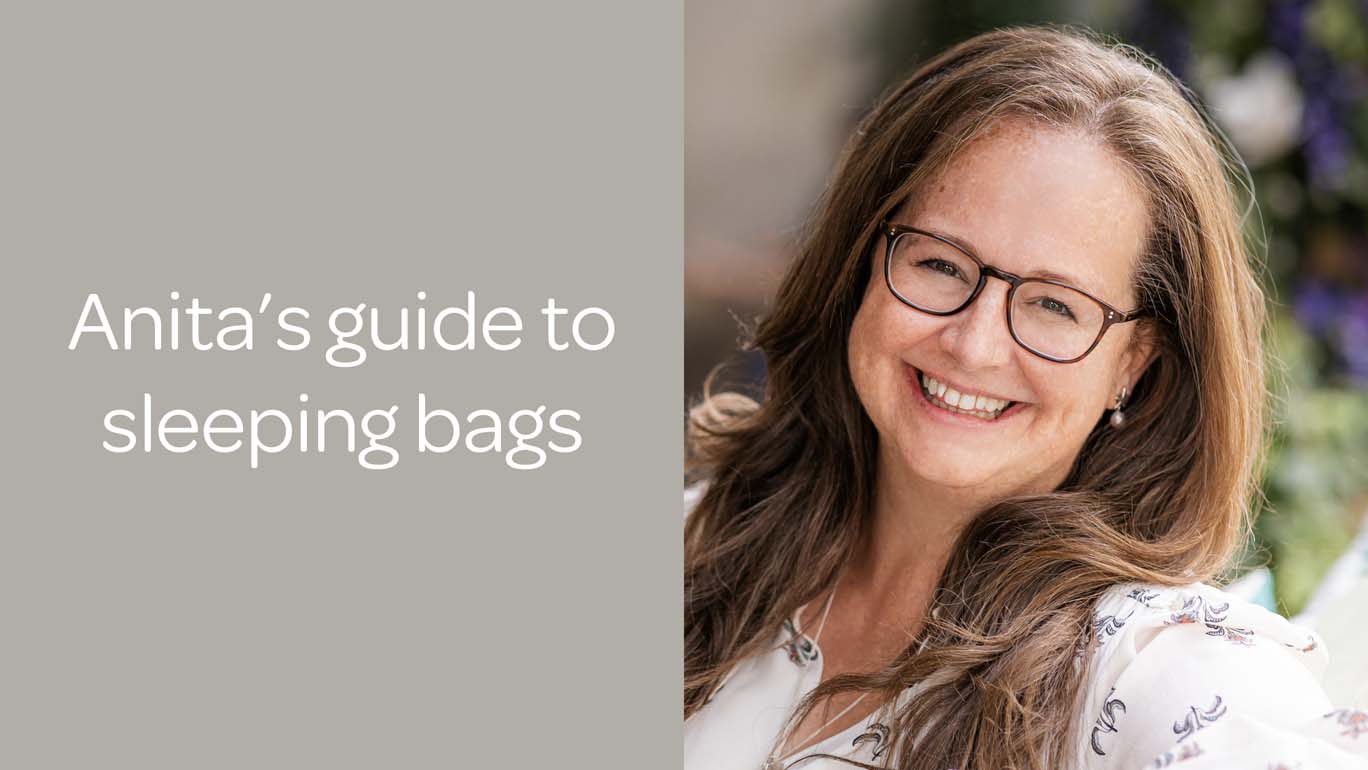
Top Tips
Browse products -
Pillows and duvets
In short, these are not recommended for any babies under the age of 1. Watch the video to find out why and what to use instead.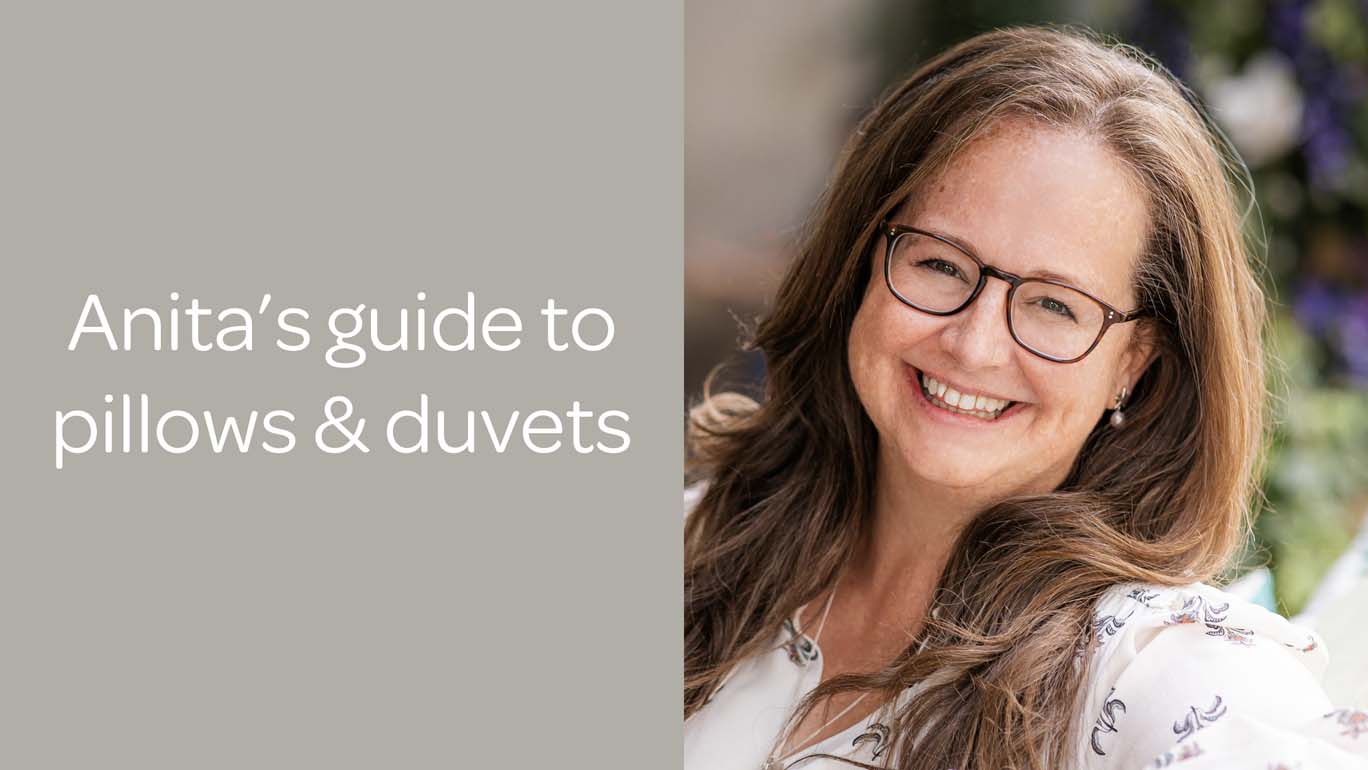
Top Tips
Browse products -
Baby bumpers
Traditionally used in cots to prevent your baby bumping their head, cots bumpers are somewhat controversial and currently not recommended by the NHS guidelines. Anita covers alternatives in her video.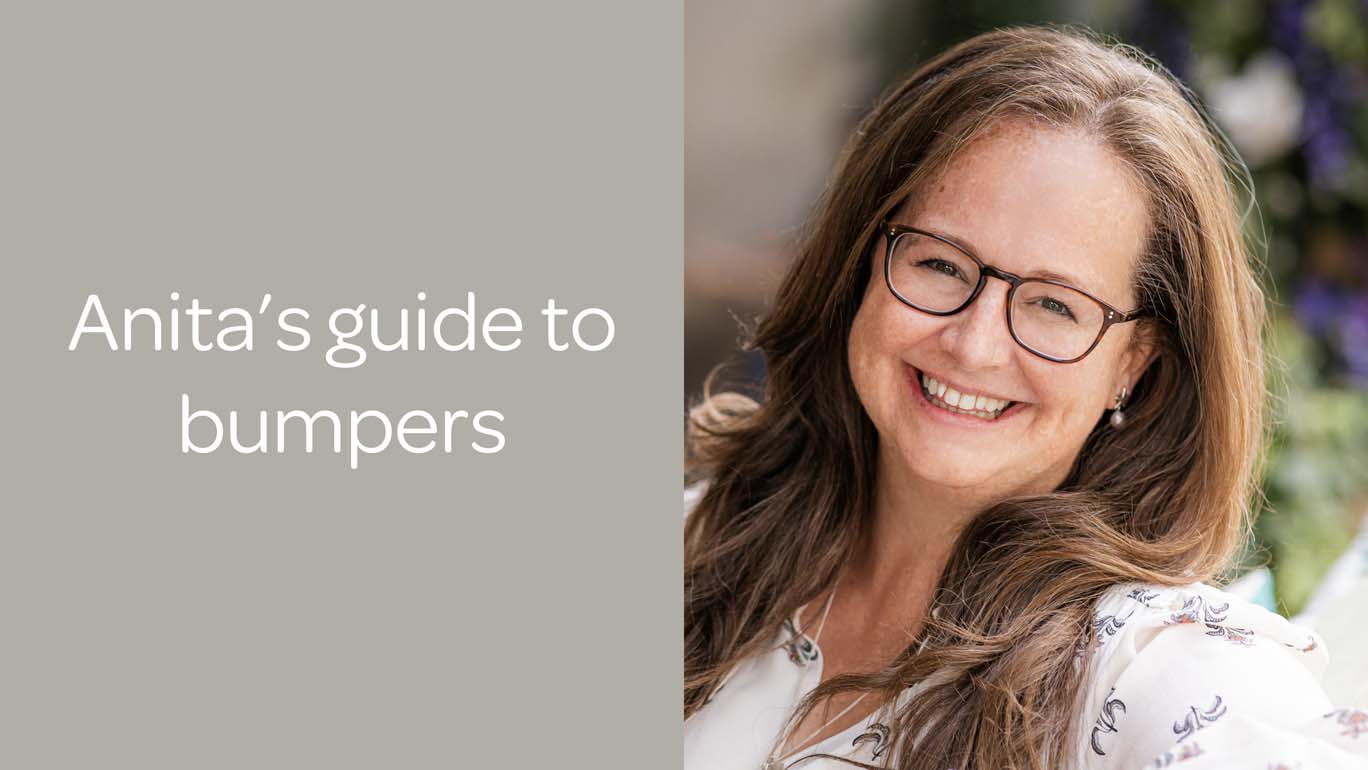
Top Tips
Browse products
Baby Clothing
-
Baby clothing
Clothes are usually the first thing to be bought from a baby gift registry so make sure you include lots of lovely clothing on your list. Everyone loves buying baby clothes and there are so many gorgeous little outfits out there. There are things to look out for so watch Anita's video for her advice on what to choose, especially for the first few months.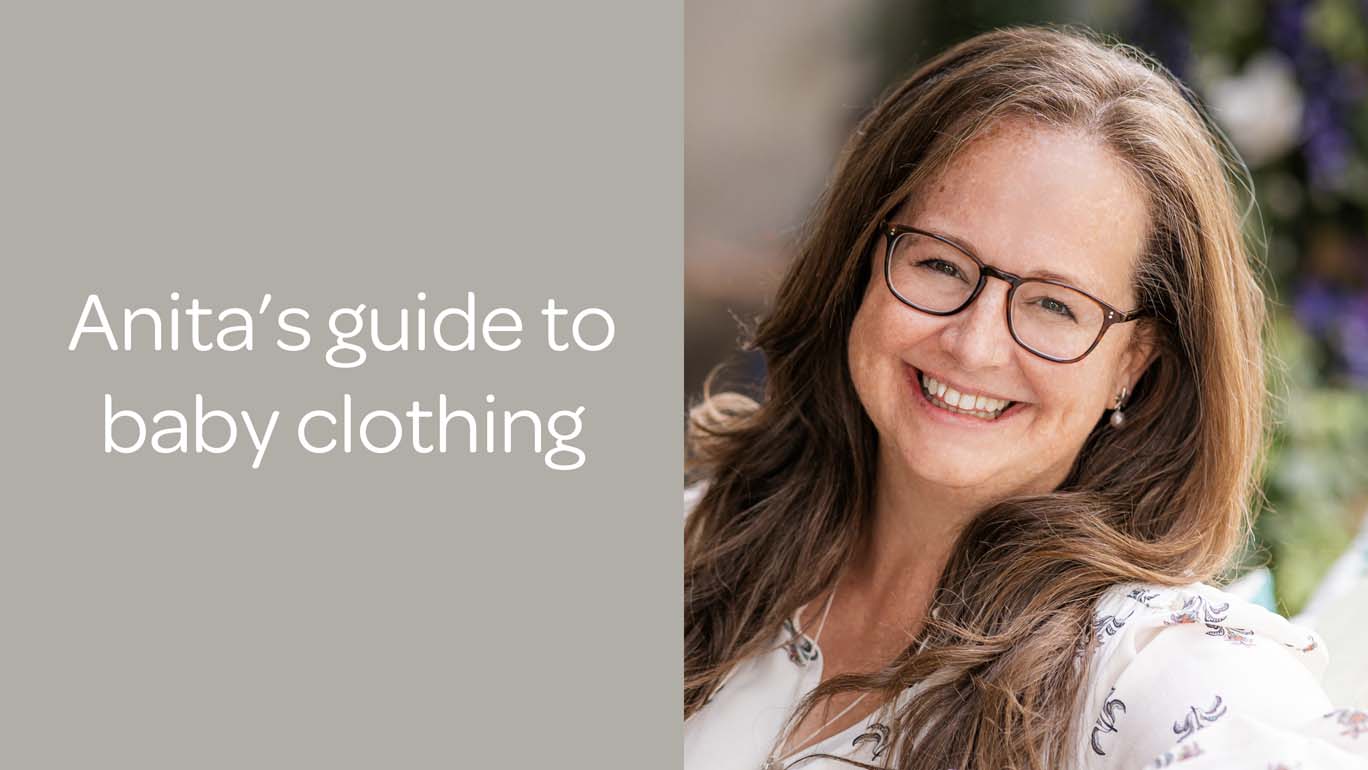
Top Tips
Browse products -
Baby bodies and vests
Also known as a vest or a onesie, these have short or long sleeves and no legs. This is the first layer of clothing on top of the nappy. Watch Anita's video to understand the pros and cons of different styles.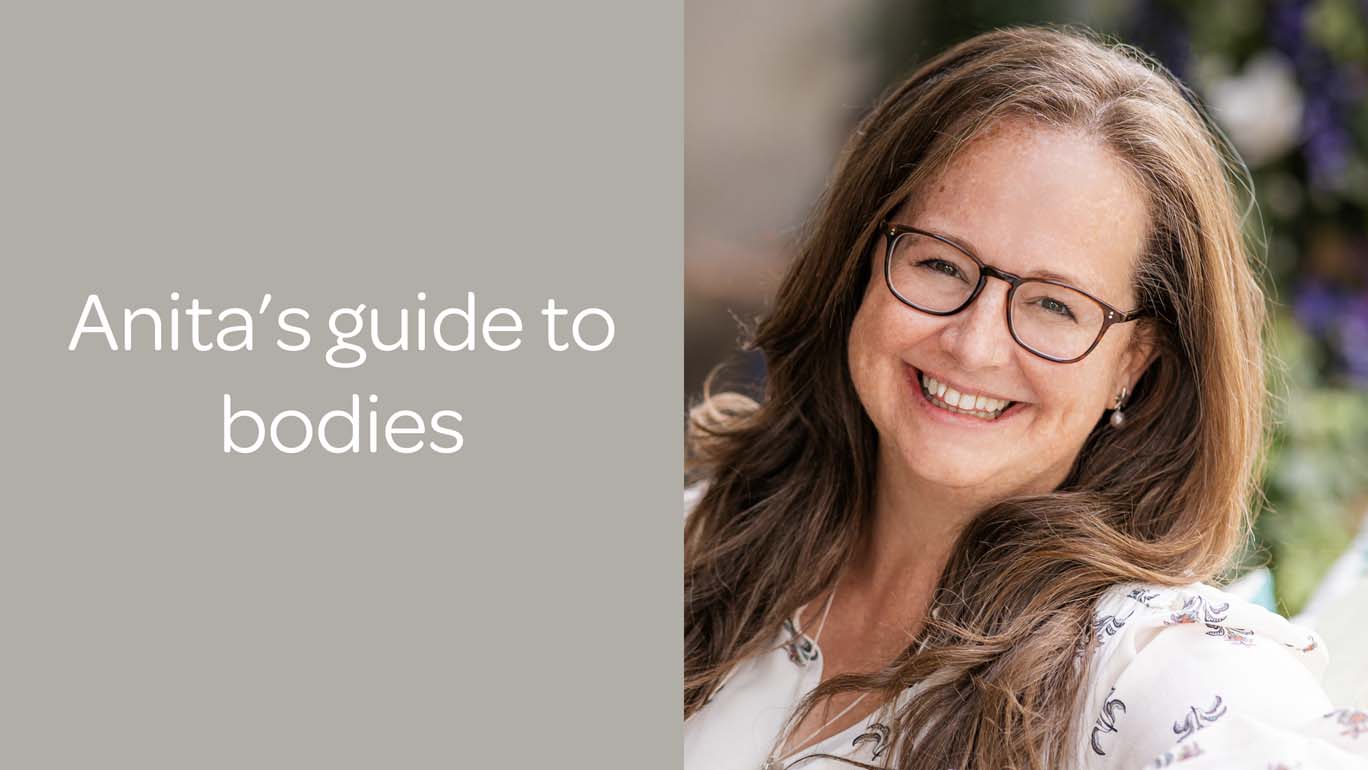
Top Tips
Browse products -
Newborn hats
Newborn babies can't regulate their own body temperature, so a simple little hat or beanie is an essential item in the early days. Watch Anita's video for more information on how to choose the right one for your baby.
Top Tips
Browse products -
Newborn scratch mitts
Newborns have surprisingly sharp nails and can easily scratch their own faces, so scratch mits are designed to prevent this from happening. You can buy them separately or integrated into clothing. Anita's video covers everything you need to know.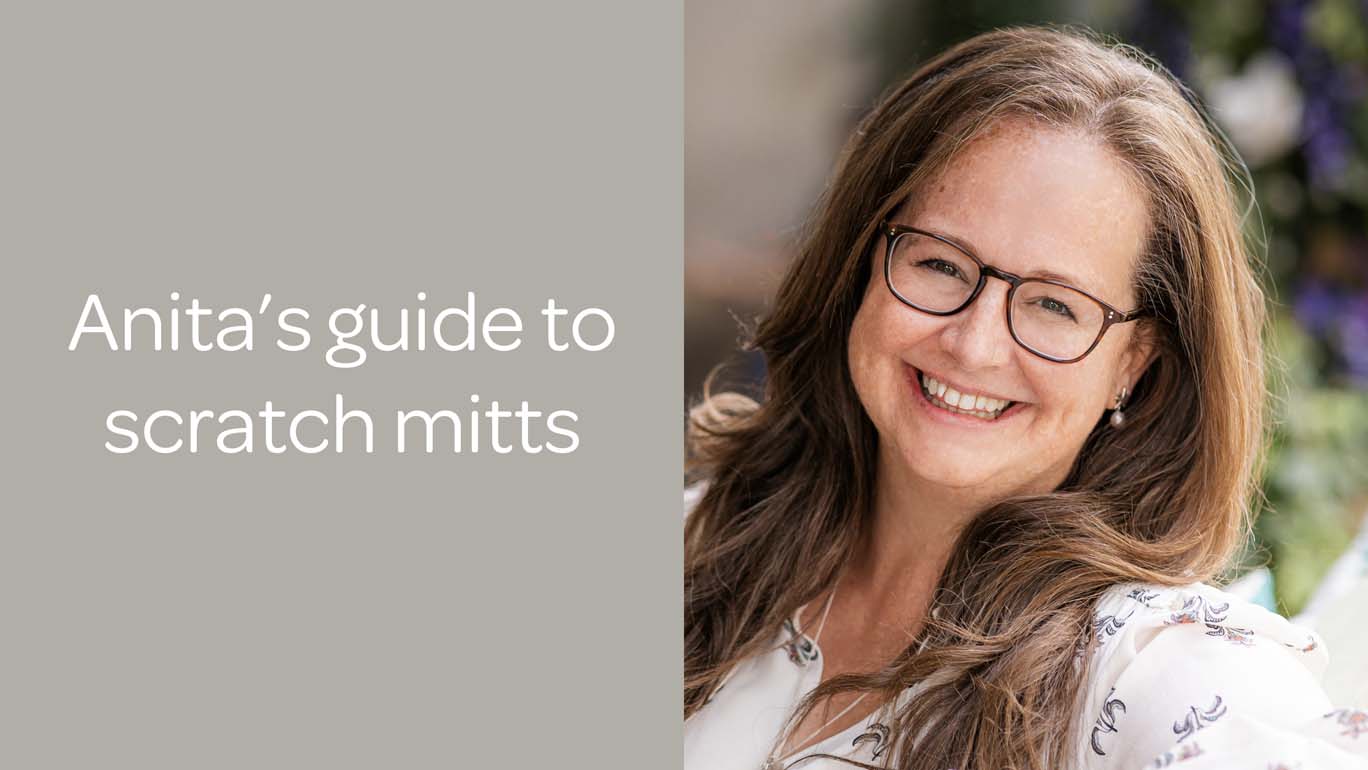
Top Tips
Browse products -
Newborn Baby Bibs
Not to be confused with plastic feeding bibs, these are soft, jersey-knit bibs that are used to keep your baby's neck and clothes dry. There are several different types to consider - watch the video to find out more.
Top Tips
Browse products -
Baby cardigans & jumpers
Such lovely gifts for newborn babies and a must for any gift registry, cardigans and jumpers are the perfect pairing for a simple white babygro and are some of the sweetest items of baby clothing. There are a few considerations such as weight and fastenings, so do watch Anita's video for more information.
Top Tips
Browse products -
Sleeping bags
Small padded sleep sacks are a super-practical option that allow for easy overnight changing and transporting a sleeping baby and are one of Anita's essential items. They are a great option for baby shower gifts and gift registries and will get so much use. There are several options to choose from so do watch Anita's video to find out more.
Top Tips
Browse products
Bathing
-
Baby bathing
The whole subject of bathing is more important than you might think ... and there are several considerations to bear in mind when buying your bathing kit. The key to getting it right is to protect your back and you will also need to think about bath stands, storage, how and where you will fill up the baby bath and so on. Anita's videos throughout this section cover all aspects of bathing your baby. Do watch them carefully for more information.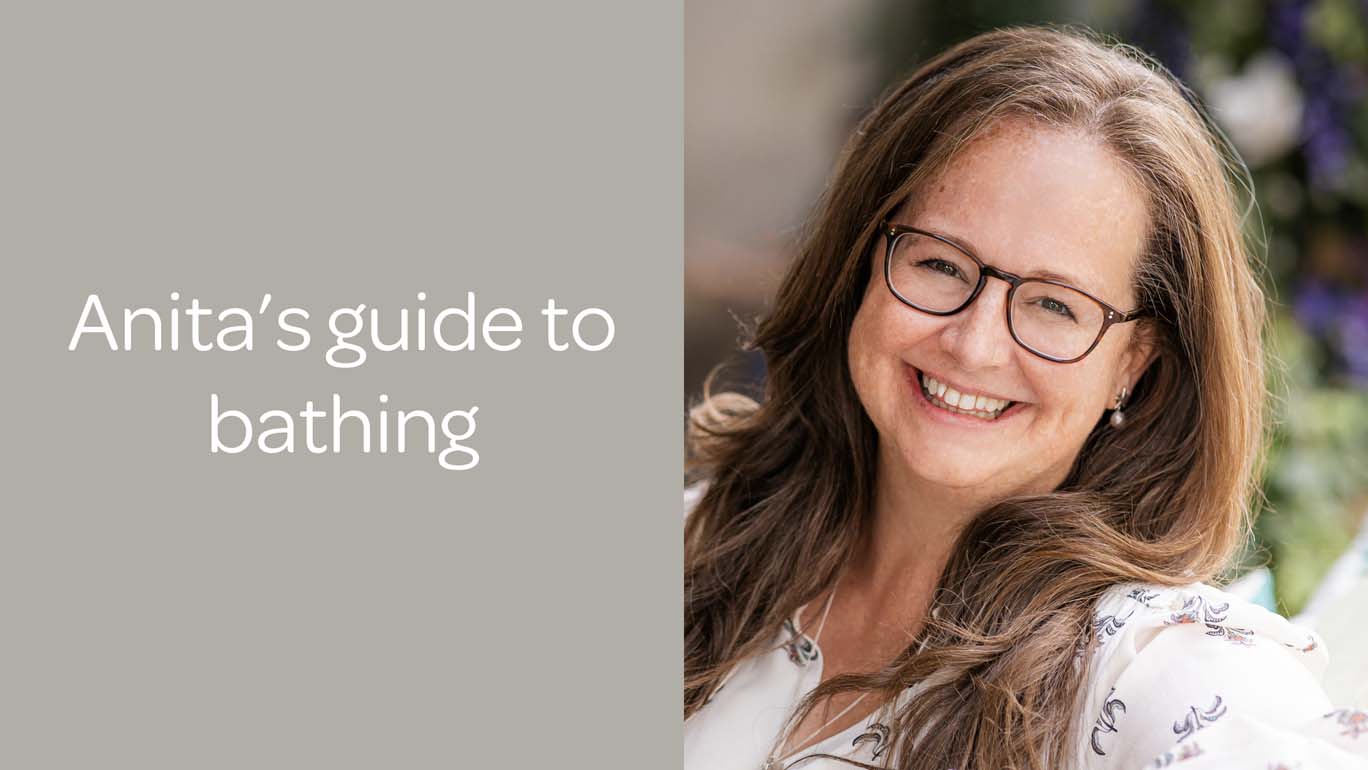
Top Tips
Browse products -
Baby baths
You don't need to have a baby bath - you can just use a support in an adult bath. ... A separate baby bath, which can be put on a stand or a surface is better for your back. It will be in your bathroom for a while, so It's as important to choose a bath that works with your space. Watch Anita's video for more information.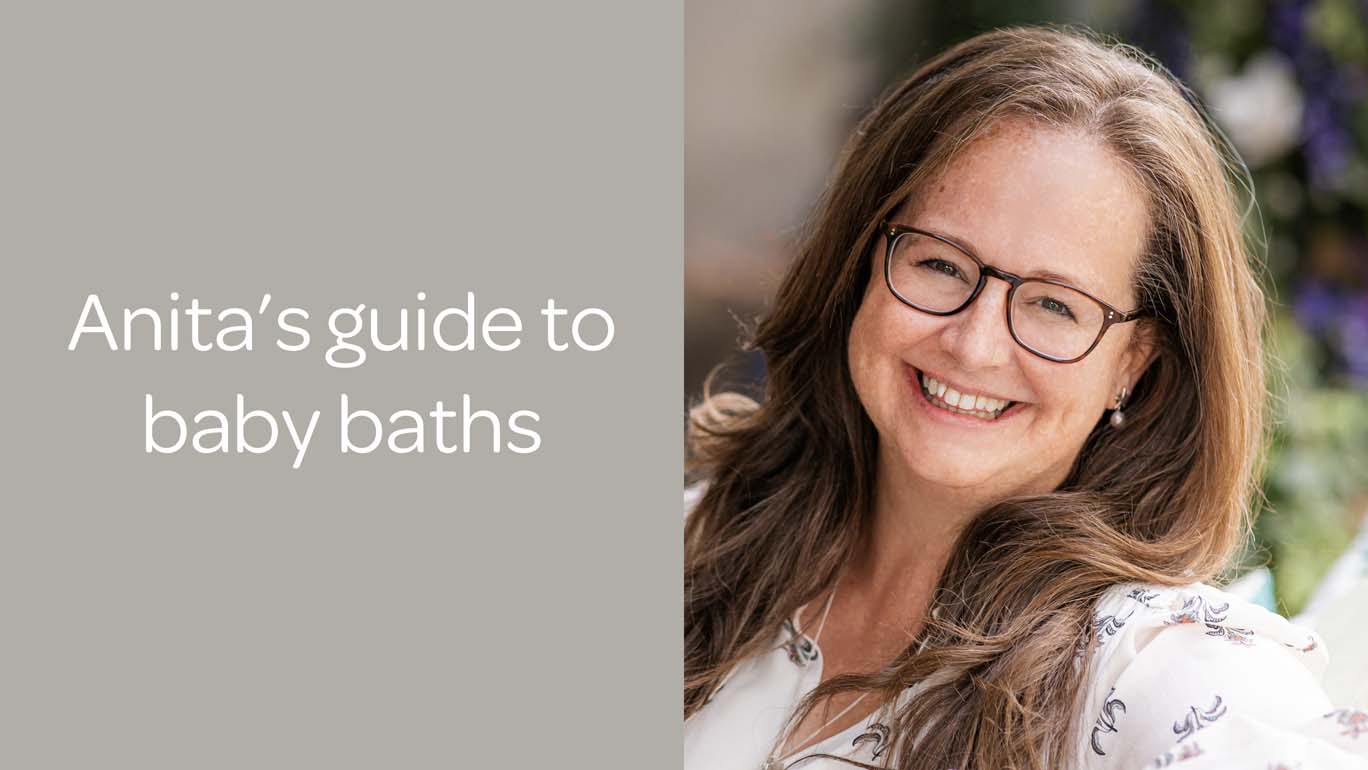
Top Tips
Browse products -
Baby bath supports
Not to be confused with a bath stand, this is like a little deck chair ... that goes into your bath to hold your baby safely. It's surprisingly difficult to bathe a newborn without the help of one of these. Watch Anita's video which gives you top tips on what materials to look for when choosing one of these.
Top Tips
Browse products -
Baby bath towels & flannels
Hooded towels make wonderful gifts for baby showers ... and gift registries and there are some super cute options. There are practical considerations too which are so worth knowing about before you buy. Watch Anita's video for her invaluable tips and information.
Top Tips
Browse products -
Baby bath and room thermometers
It's recommended to have an accurate bath thermometer during pregnancy ... and in the early days until you get used to bathing your baby. Watch Anita's videos for her guidance on bath water temperature, what products are available and the importance of accuracy.
Top Tips
Browse products -
Baby bath stands
A bath stand, not to be confused with a bath support, ... is a stand designed to place your baby bath onto. A stand is a good option to protect your back if you don't have a handy surface for your baby bath. Watch Anita's top tips on how to choose the right stand for your bath and bathroom and where best to position it.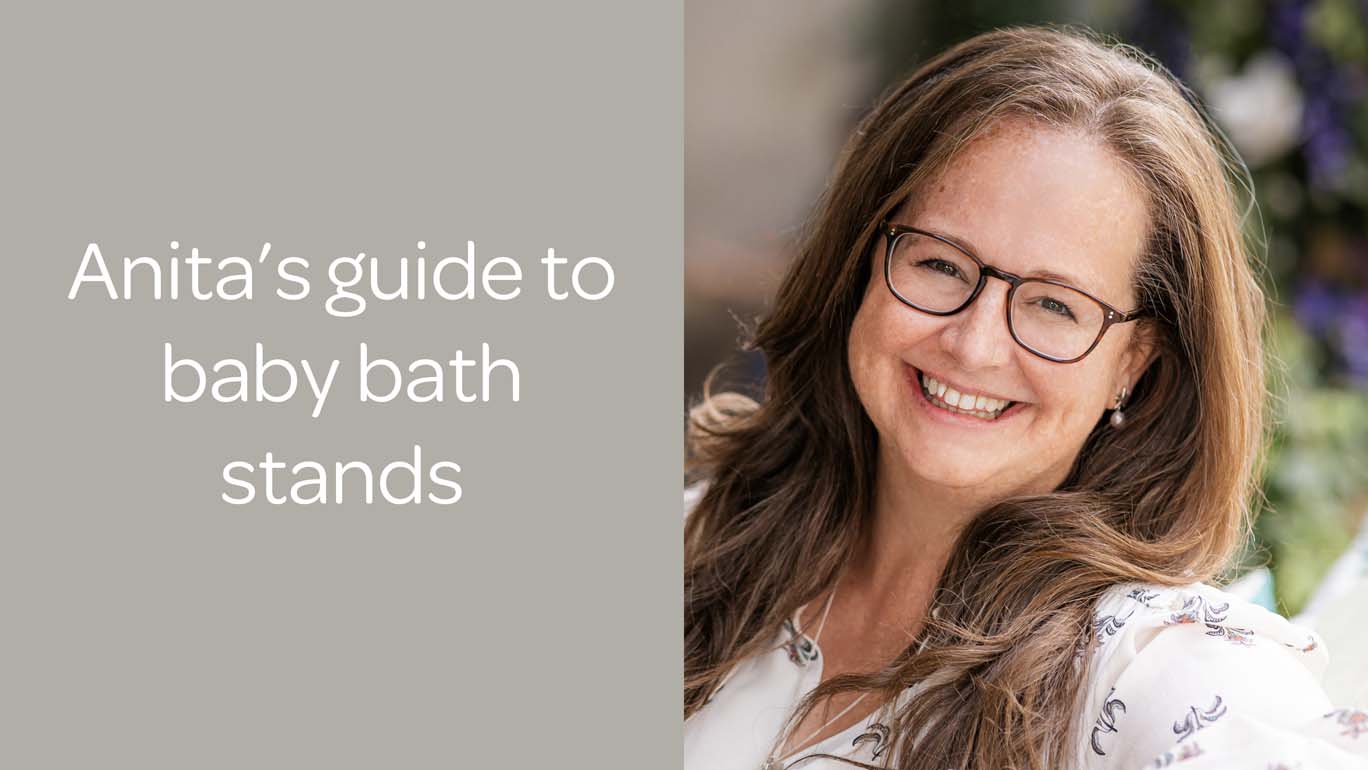
Top Tips
Browse products
Travel
-
Travelling with your baby
Having the right kit for travelling with little ones can massively reduce your stress and make for a more relaxing trip. Anita covers all you need to know about travel cots and other travelling accessories in her videos.Top Tips
Browse products -
Travel cots
One of the most useful pieces of kit you can buy. This will give you the flexibility to travel or spend the odd night away with your baby. Depending on how much you think you might use your travel cot, there are considerations such as size and mattress choice. Anita covers all this - and more - in her video.
Top Tips
Browse products
Mother
-
Top tips for mothers
It's so easy to focus on your baby, but don't forget to prepare for you too. There is so much to know that can help you in the last few weeks of pregnancy and the first few days and weeks of motherhood that many mothers have no idea about. Making sure that you know what to expect and you are prepared for it, whether it's sleeping as comfortably as you can with a bump, looking after yourself after giving birth or feeding your baby. Watch Anita's videos for her top tips for how to embrace the practicalities of early motherhood as calmly and happily as you deserve.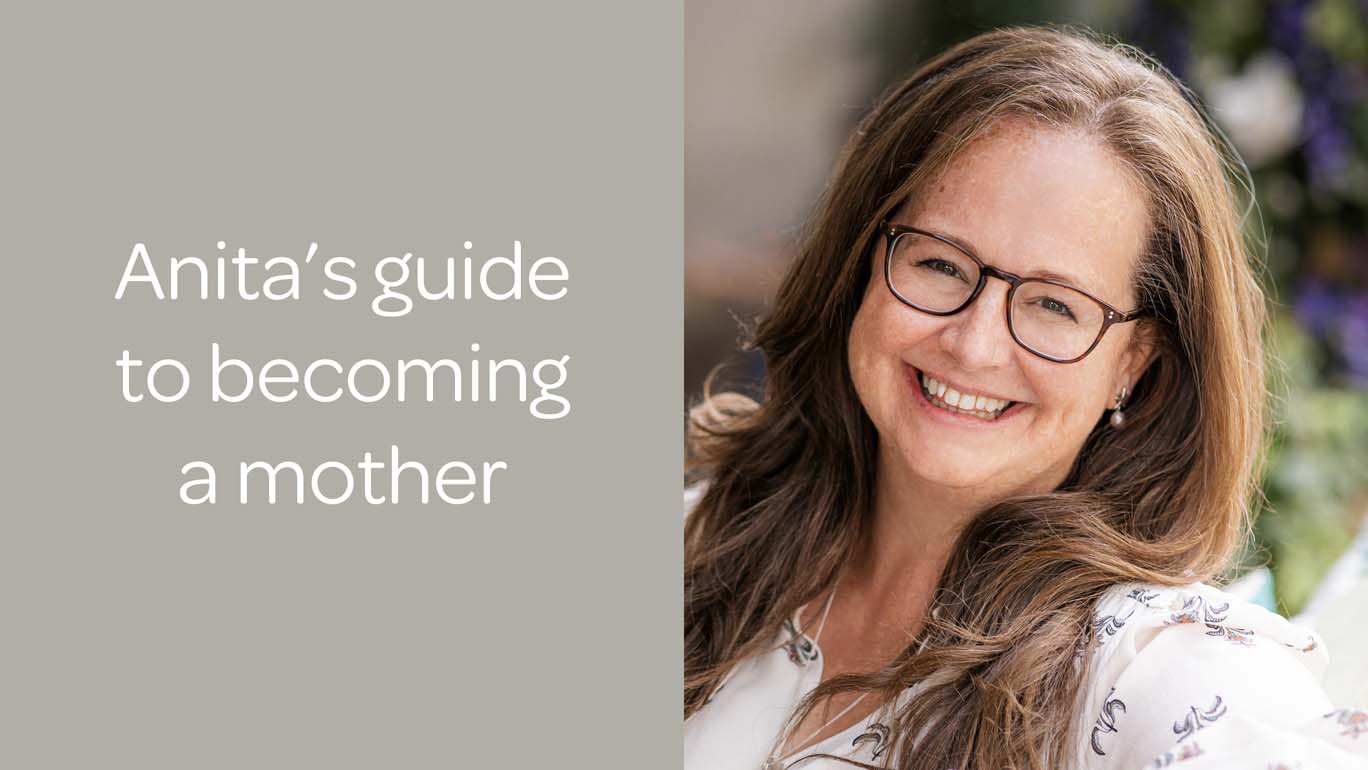
Top Tips
Browse products -
Pregnancy pillows
There are several pregnancy pillows on the market all in different shapes and sizes. Watch Anita's video to find out what her favourites are.
Top Tips
Browse products -
Maternity underwear
There is nothing glamorous ... about maternity underwear, but it is important to get right so that you can be as comfortable and prepared as possible. Many expectant mothers don't know that you will bleed - like a heavy period - for some days or weeks after you give birth. This is true for C-sections too. You will need large sanitary pads and there are some really practical options for ensuring that these stay in place. Watch Anita's videos on maternity knickers and sanitary pads for more information.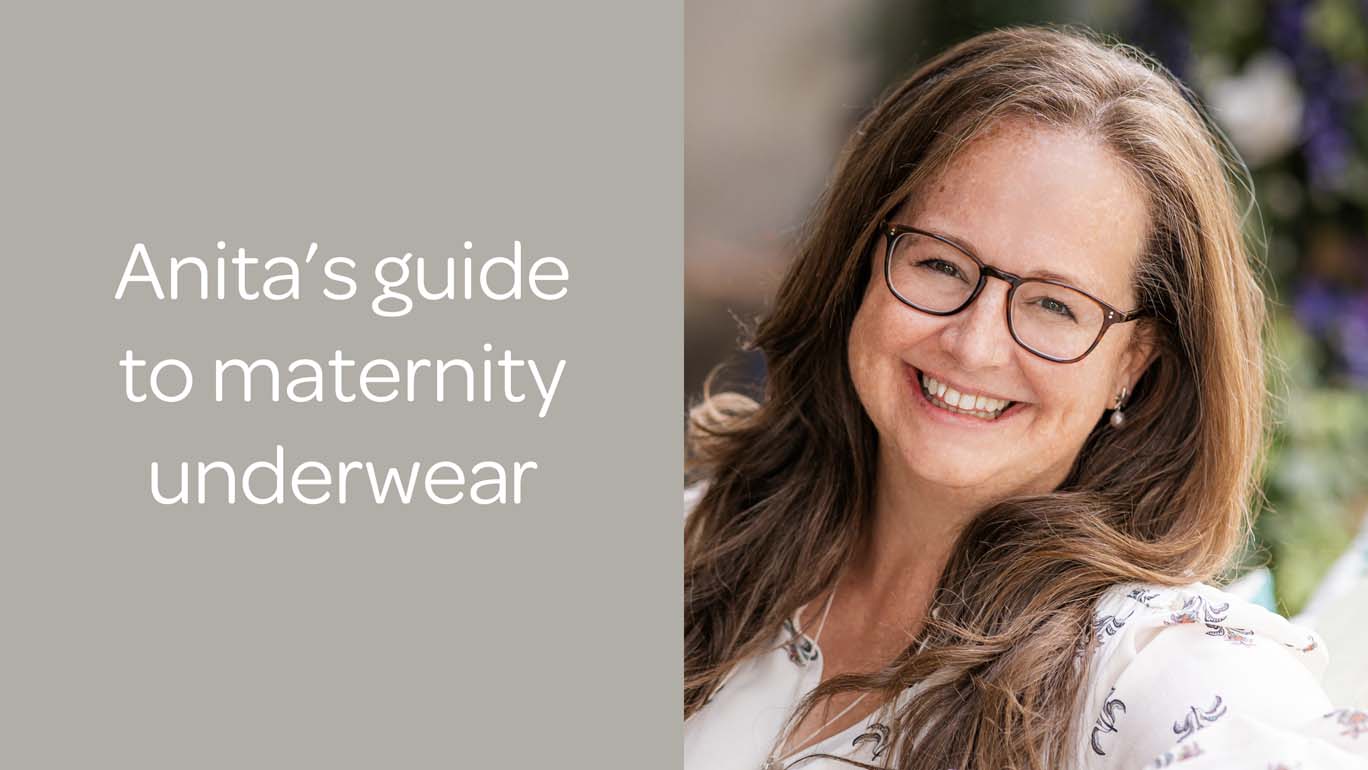
Top Tips
Browse products -
Maternity sanitary pads
Many new mothers don't know that they will bleed after giving birth. You may be given sanitary pads in the hospital but it is advisable to pack your own and have a supply ready at home. You can't wear tampons - pads are really the only option. Watch Anita's video so that you know exactly what type of sanitary pads to choose as these will be different from your usual ones.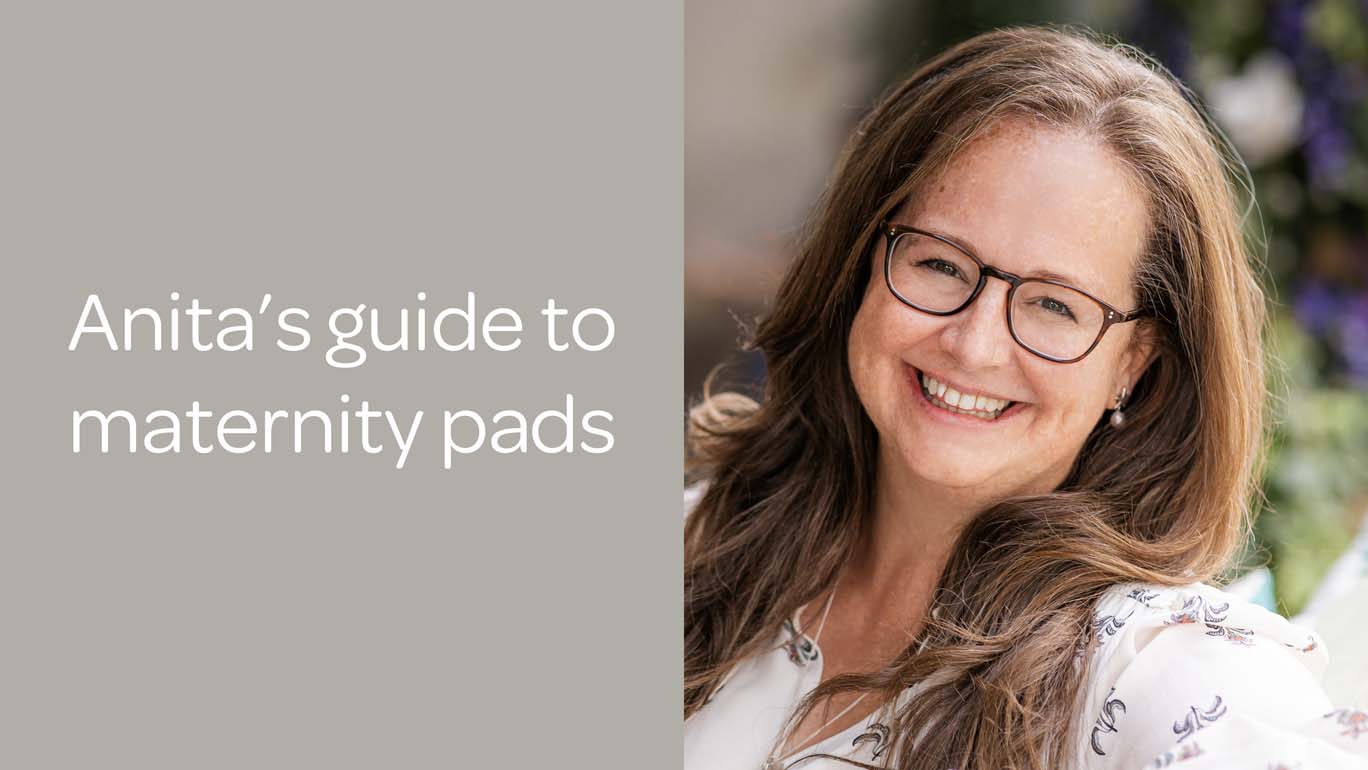
Top Tips
Browse products -
Nipple creams
If you are planning to breastfeed, you will need nipple cream. Make sure you have this in your hospital bag and use it from the very beginning to protect your nipples and prevent you from getting too sore in the first few days and weeks. Anita advises on quantities and key ingredients to look out for in her video.
Top Tips
Browse products -
Breast pads
Hearing your baby - or another baby - cry can trigger your milk to flow. Often this results in embarrassing leaks in public! To prevent this you will need some absorbent breast pads, which tuck inside your bra, which you will wear 24/7 for as long as you are breastfeeding. Watch Anita's video for tips on quantities and materials.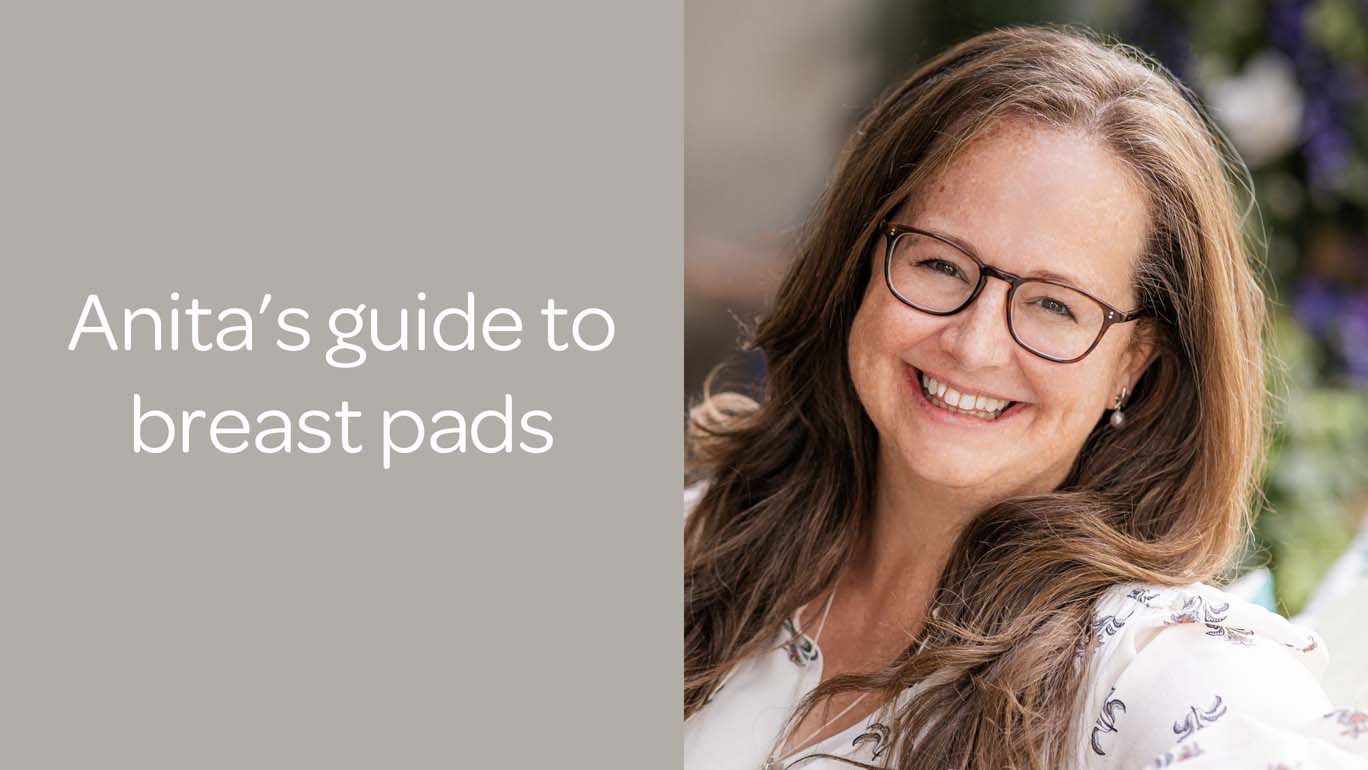
Top Tips
Browse products -
Nipple shields and covers
Nipple shields are used while feeding to protect your nipples from soreness. Lactation specialists and medics are divided on the benefits of nipple shields. For some people, they can make all the difference between continuing breastfeeding or not, so are worth considering and having a set ready just in case. Nipple covers are worn between feeds as a way of healing sore nipples. Anita covers both shields and covers in her video below, which is well worth watching.
Top Tips
Browse products
Feeding
-
Feeding your baby
Be prepared in advance. While you may plan to breastfeed, you may find that you are unable to or that you want to share feeding with your partner. Either way it's wise to have everything ready to go as your baby won't be able to wait for you when they are hungry! You will need a breast pump, bottles, teats and formula all ready to go. Anita covers this whole area in detail and it is well worth watching all of the videos so you know in advance what to expect and are prepared for any scenario.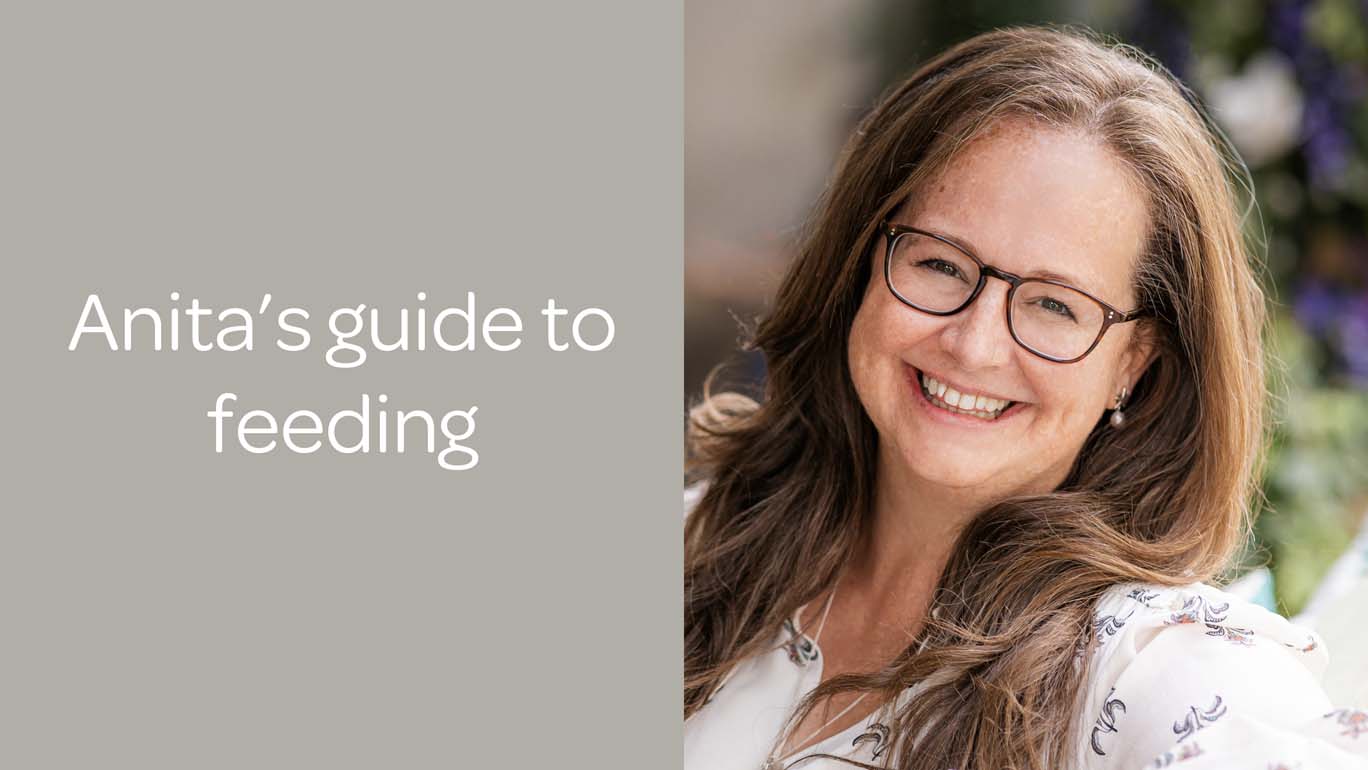
Top Tips
Browse products -
Nursing pillows
Nursing pillows are a great investment as they will make it easier for you to feed your baby. They are brilliant for protecting your back by preventing you from hunching down towards your baby when feeding. There are several shapes and sizes to choose from including wearable ones. Anita has some great tips about which to choose and why in her video below.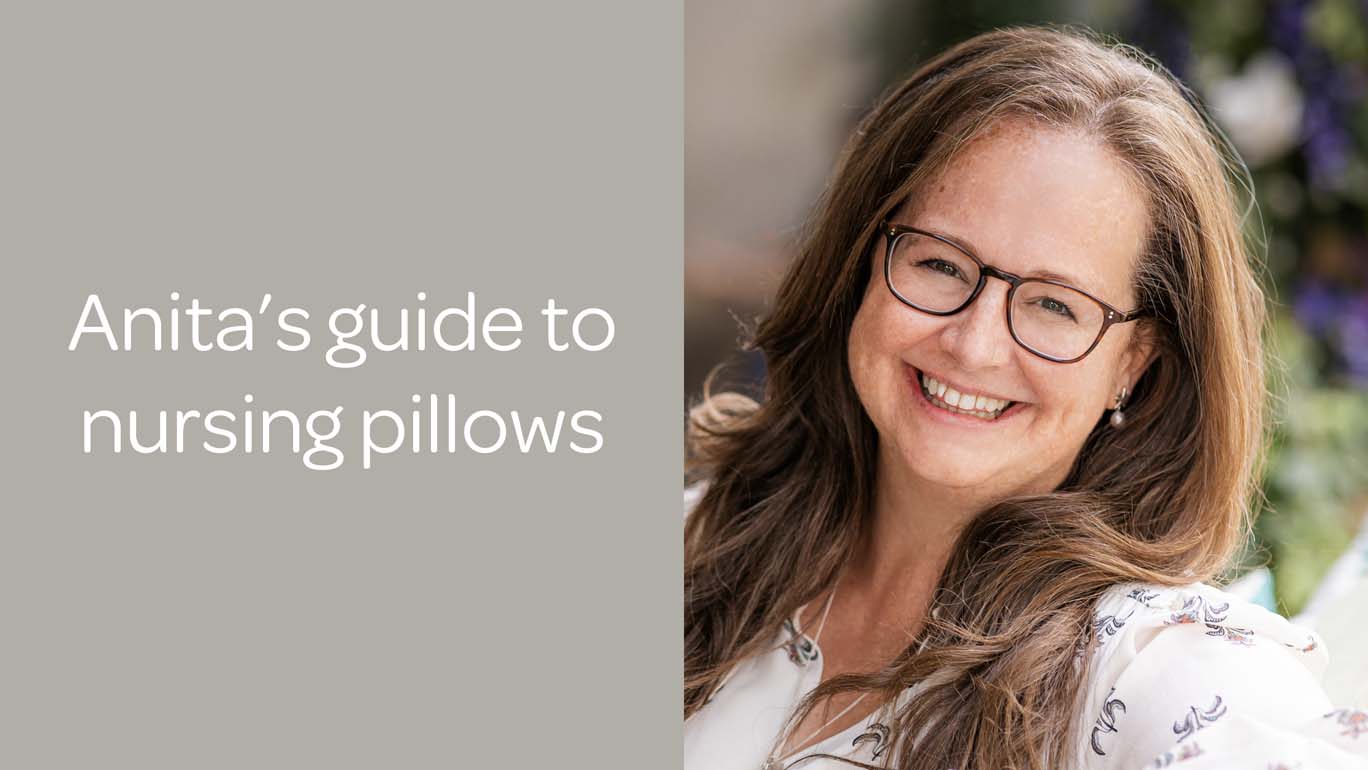
Top Tips
Browse products -
Sterilisers
There's a lot to consider when it comes to cleaning and/or sterilising your bottles, breast pump, dummies and nipple shields. The more organised and knowledgeable you are, the easier you will find this whole process and you will be able to keep on top of it far more efficiently.
Top Tips
Browse products -
Bottle brushes
Always better to get a dedicated baby bottle brush instead of using your regular washing up brush and you can mix and match bottle brands with bottle brush brands and just use one which you feel is most practical for you. A small teet brush is usually incorporated within a baby bottle brush so don't forget to find that in the handle or incorporated at the end of the handle.Browse products
-
Bottles
Where to start? There is so much information on type of bottle, size of bottle, type of teat, quantities, anti-colic features and so on. This can feel overwhelming at the beginning, but Anita shares all her advice and top tips to help you to understand what you will need so that you can be prepared in advance.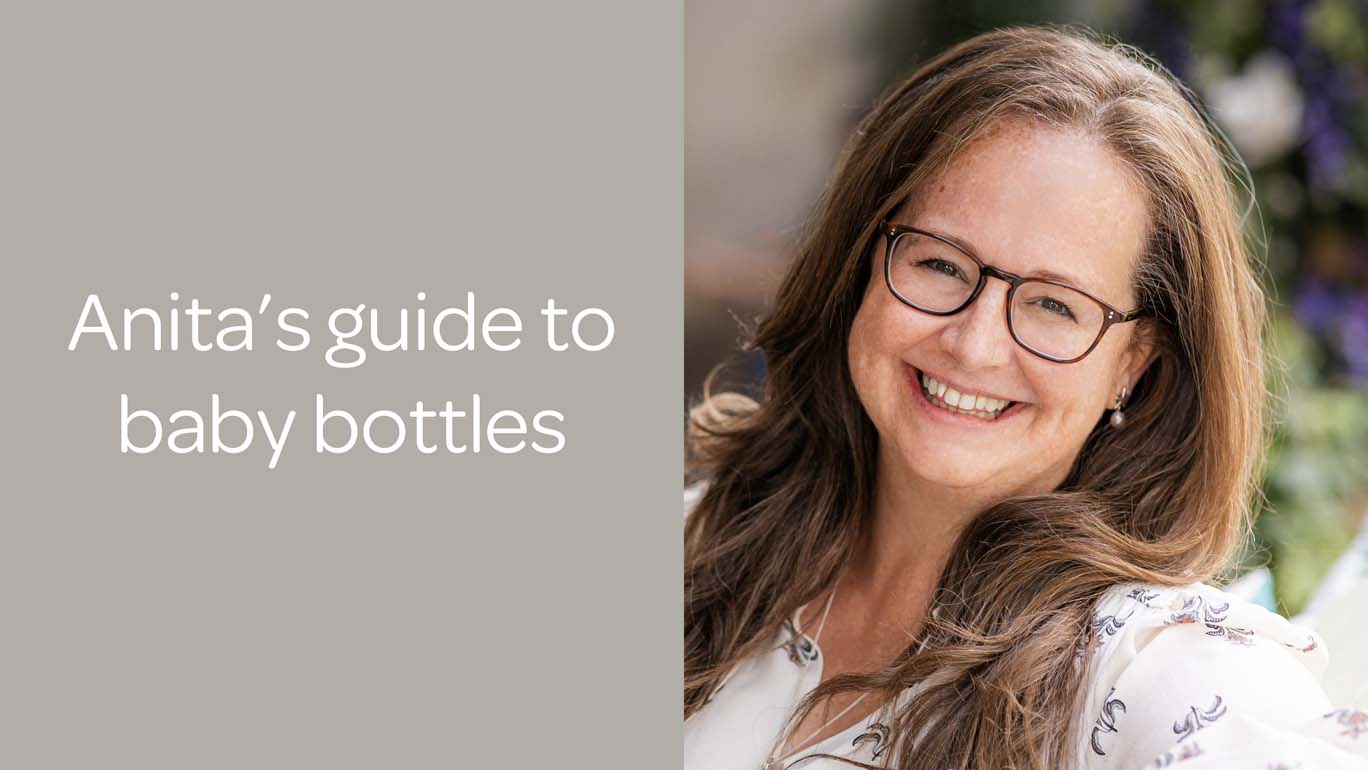
Top Tips
Browse products -
Bottle warmers
Not an essential item, but can be useful if you are using a lot of bottles. There are different settings for breastmilk, which are worth looking out for. Anita covers all aspects of bottle warmers in her video.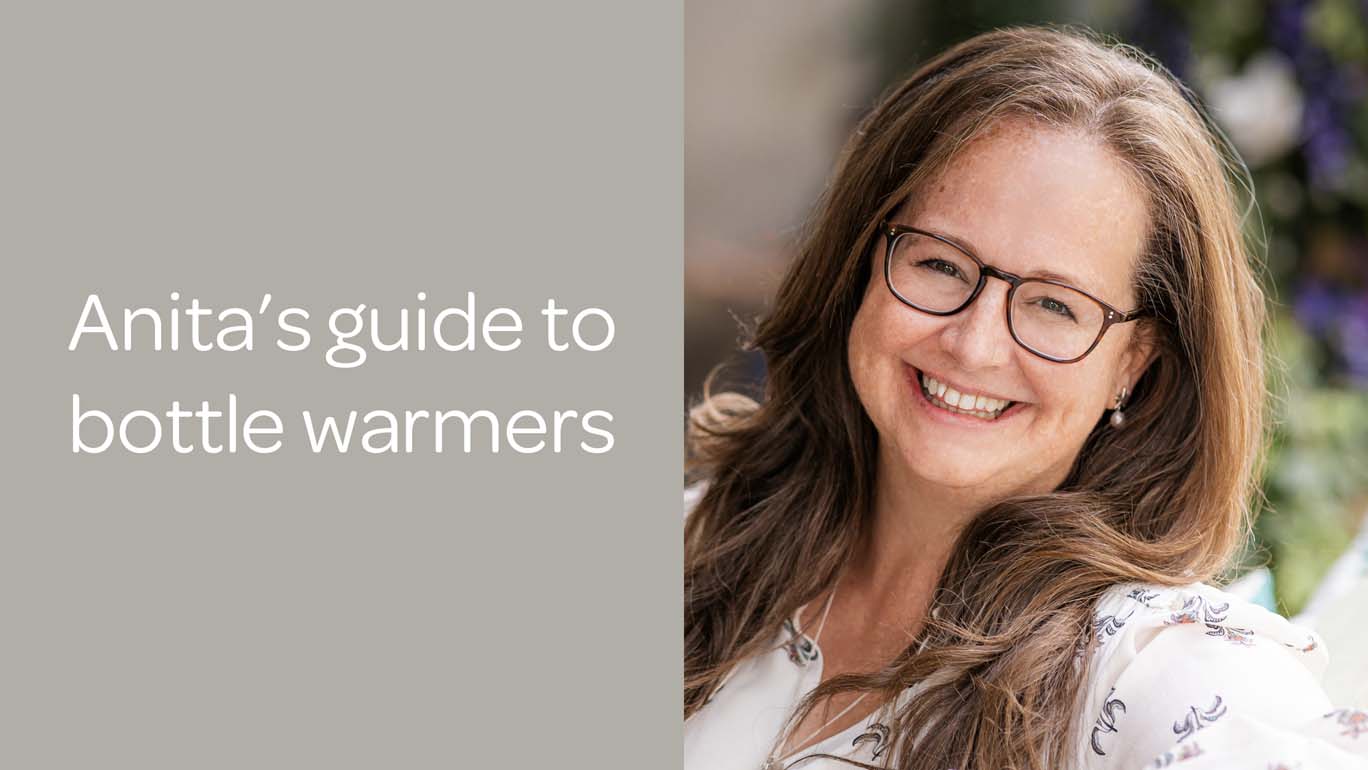
Top Tips
Browse products -
Breastpumps and accessories
A breast pump is an essential item which you will want to have ready from day one. You can buy or rent them and there are different types which Anita covers in her video.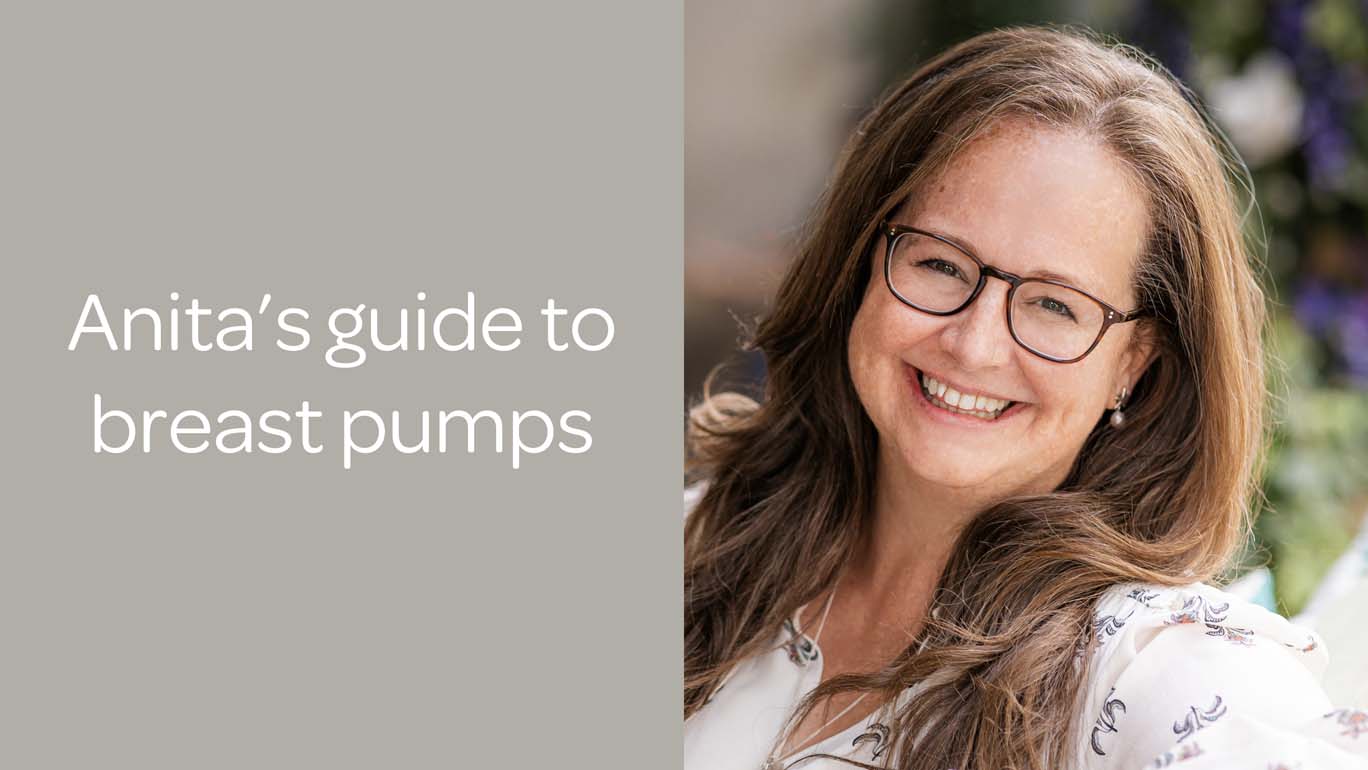
Top Tips
Browse products -
Breast milk storage
It’s helpful to have some of these so that you can store your breastmilk in the fridge or freezer. Anita recommends careful date labelling so you may also want to have a marker pen to hand too.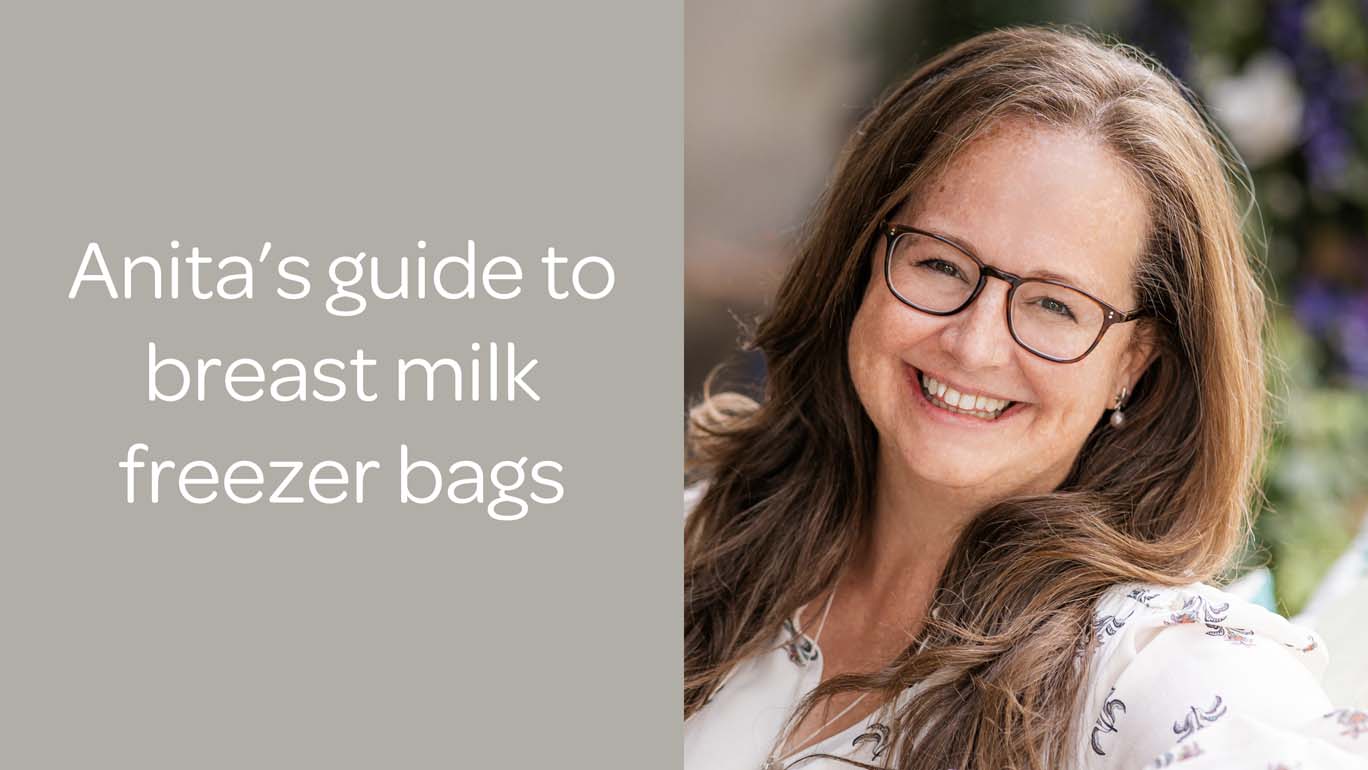
Top Tips
Browse products -
Dummies, clips & pacifiers
Also known as pacifiers, soothers or comforters, these can be soothing and very helpful in the early months but there is a risk of habit forming and later orthodontic problems, so do choose and use wisely. Watch Anita's video for advice on this.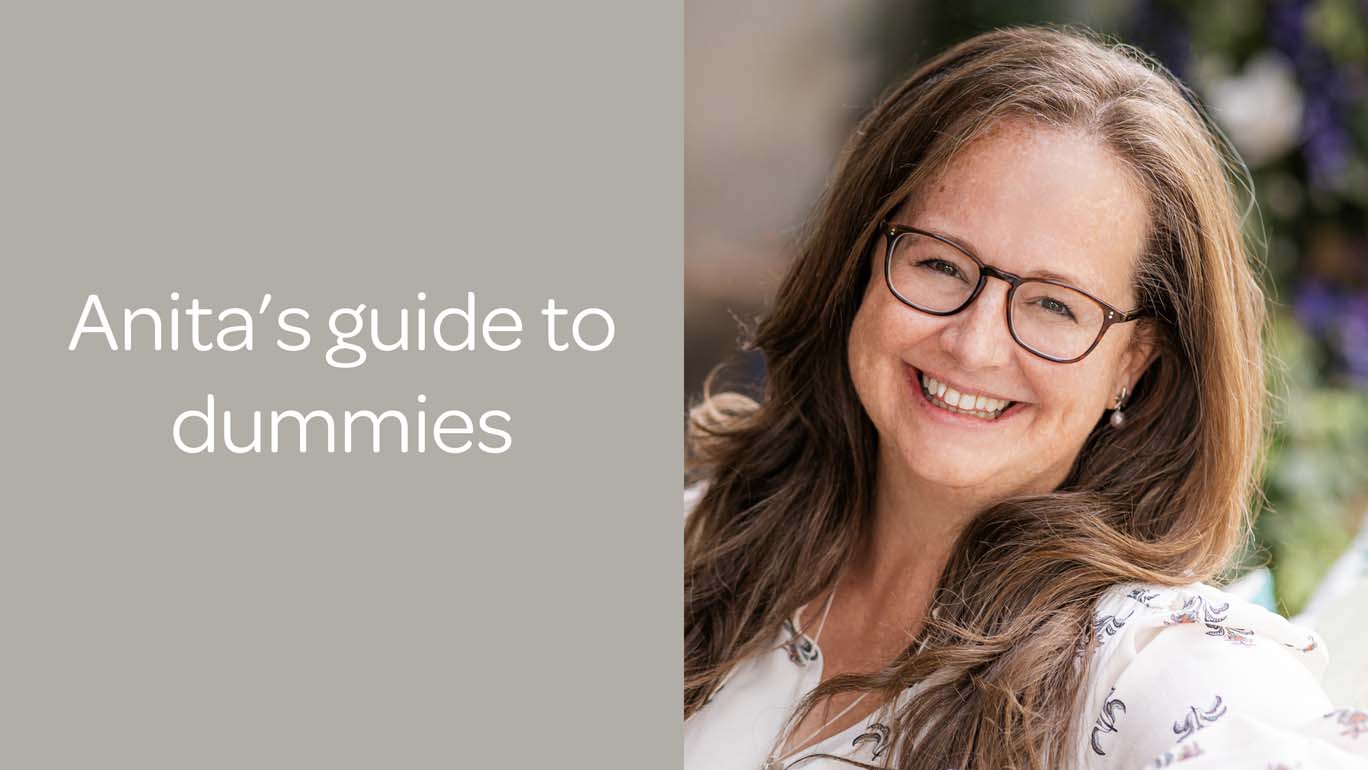
Top Tips
Browse products -
Formula making machines
An expectedly useful piece of kit if you are planning to do exclusive bottle feeding or are expecting twins or multiples. These are quite bulky items but well worth sacrificing some of your kitchen counter top space for the time-saving convenience that these will bring you.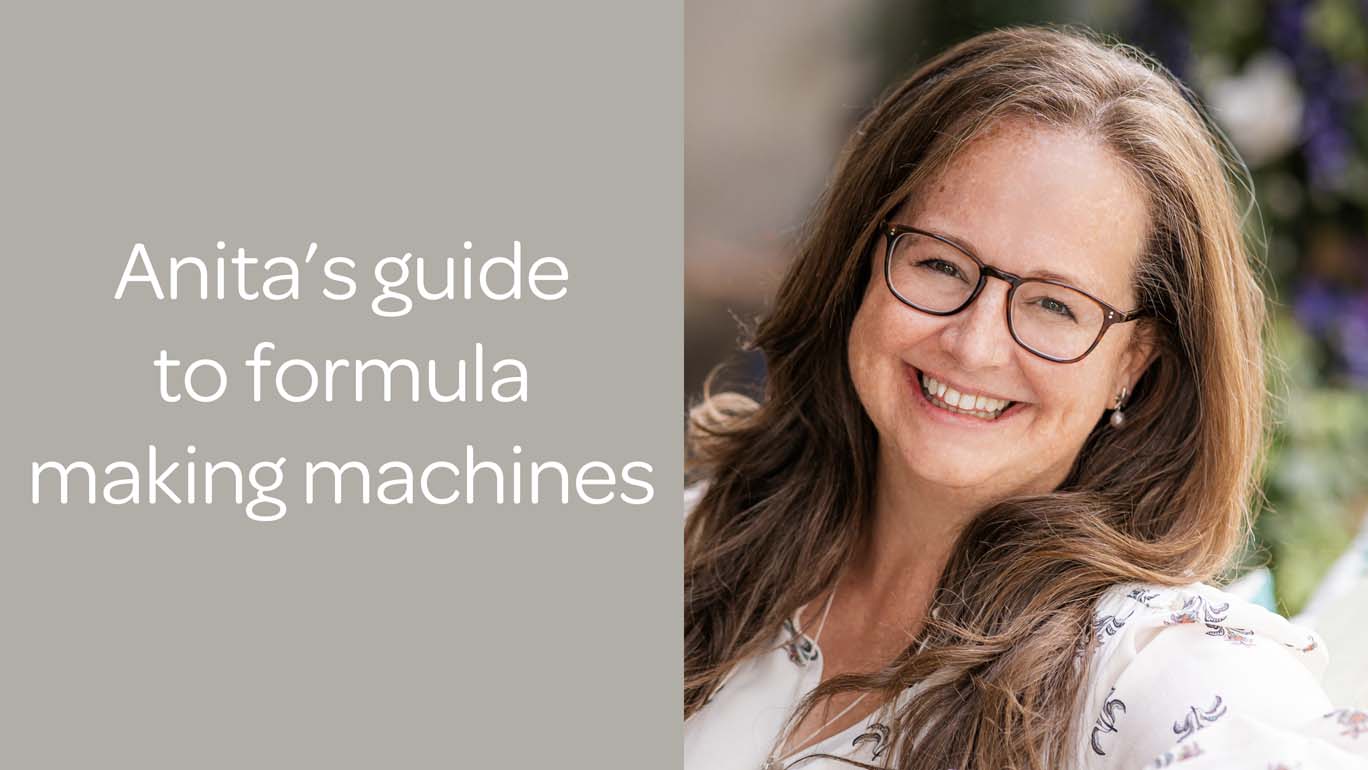
Top Tips
Browse products -
Highchairs
Some highchairs are suitable from birth and some from when your little one can sit up from 4-6 months. There are many different styles and designs, so choose one which is not only ergonomically comfortable for your baby, but that will also fit your space and living area.Top Tips
Browse products

